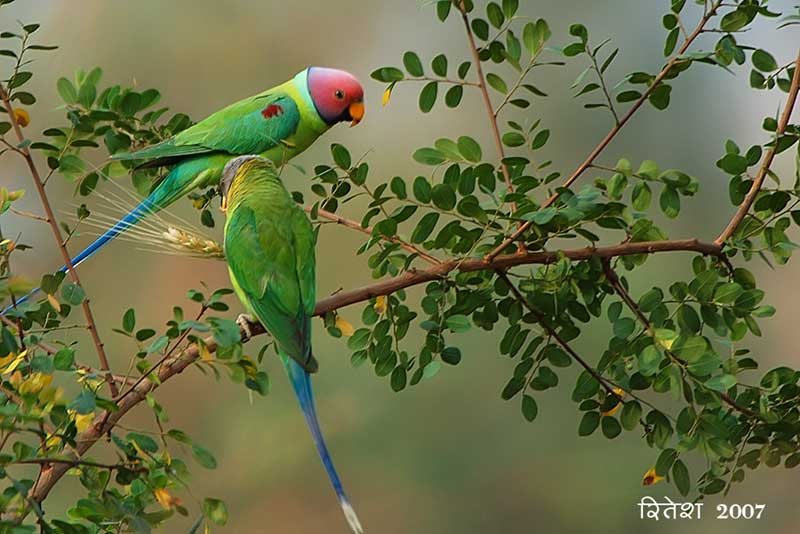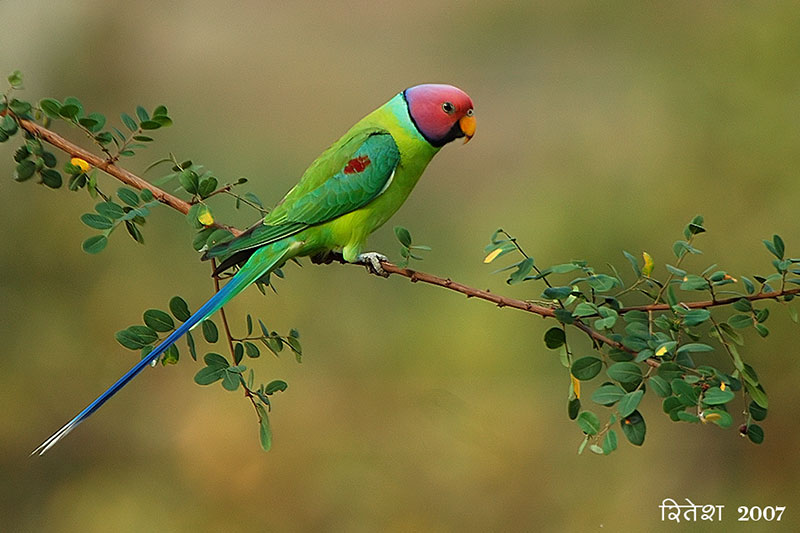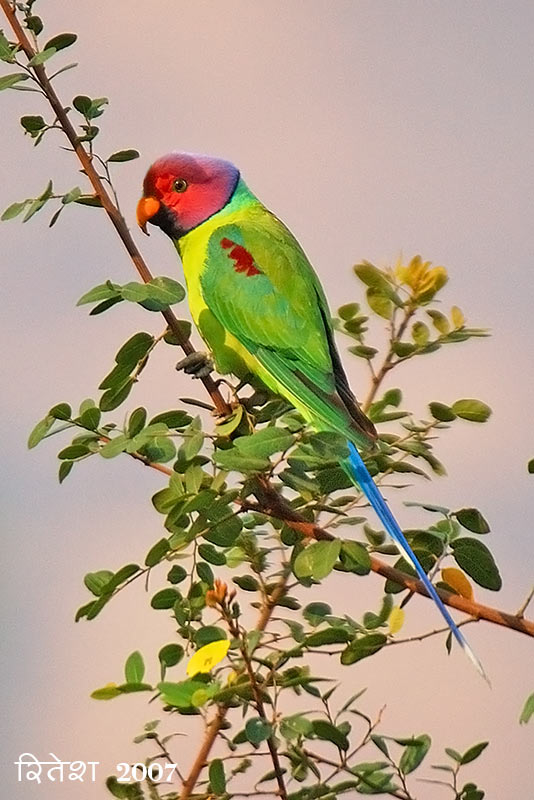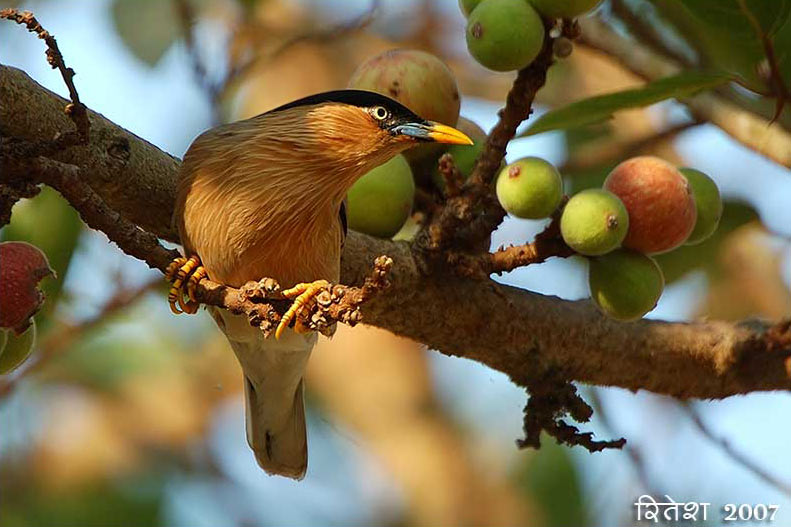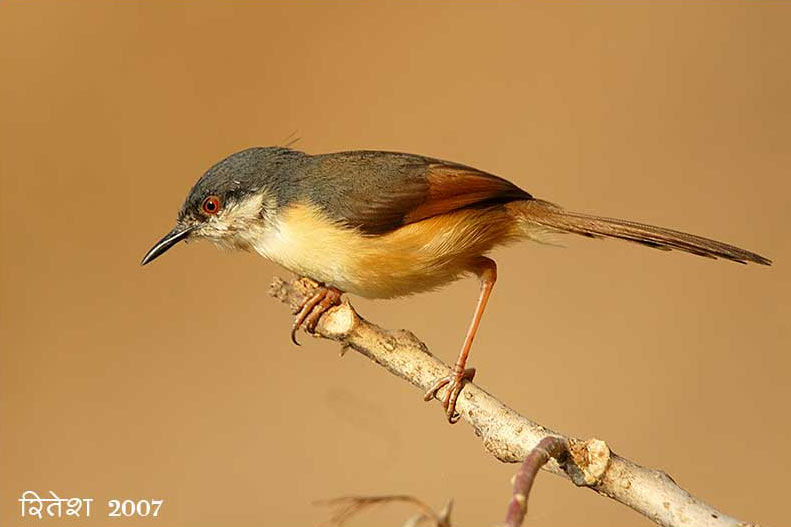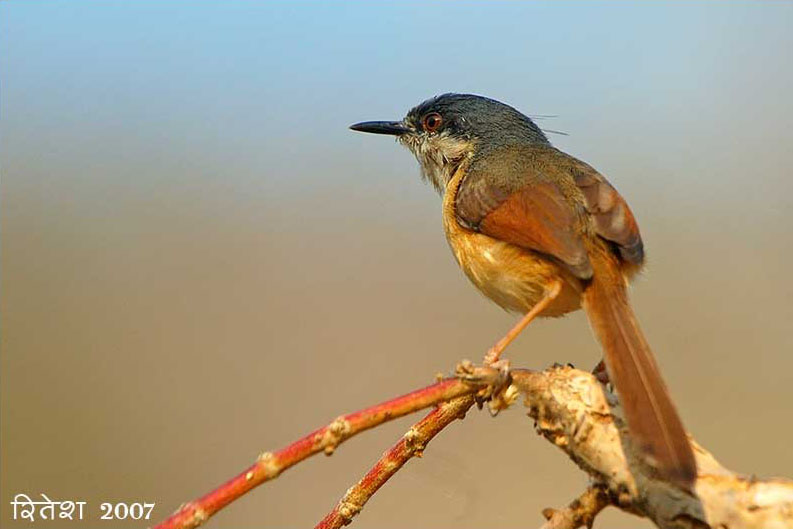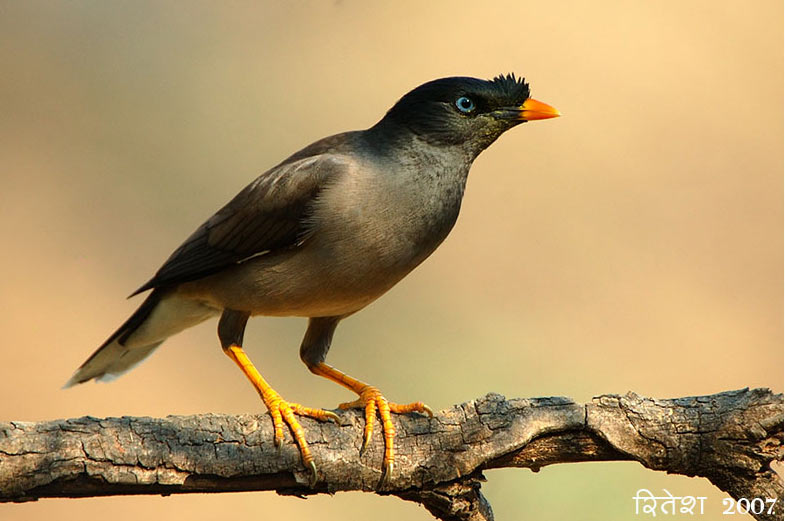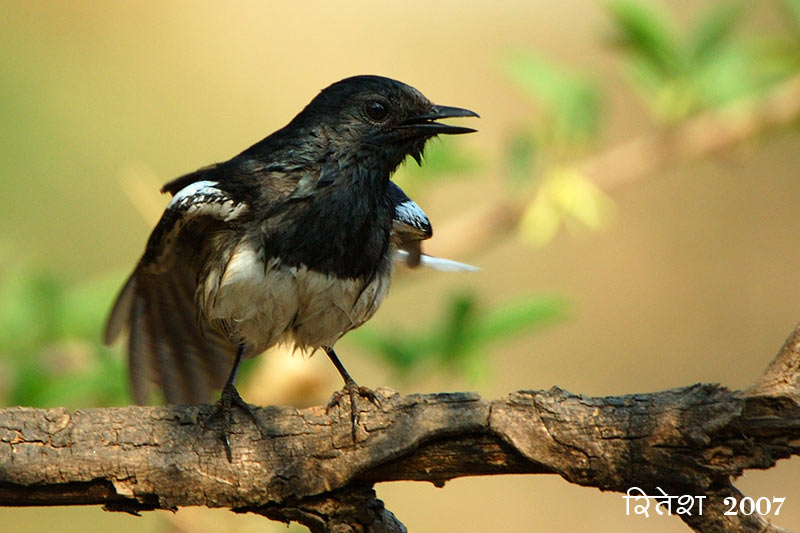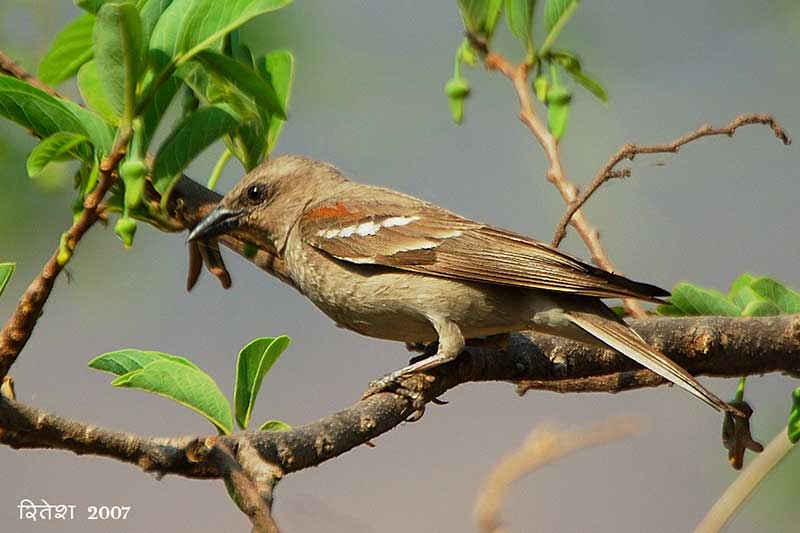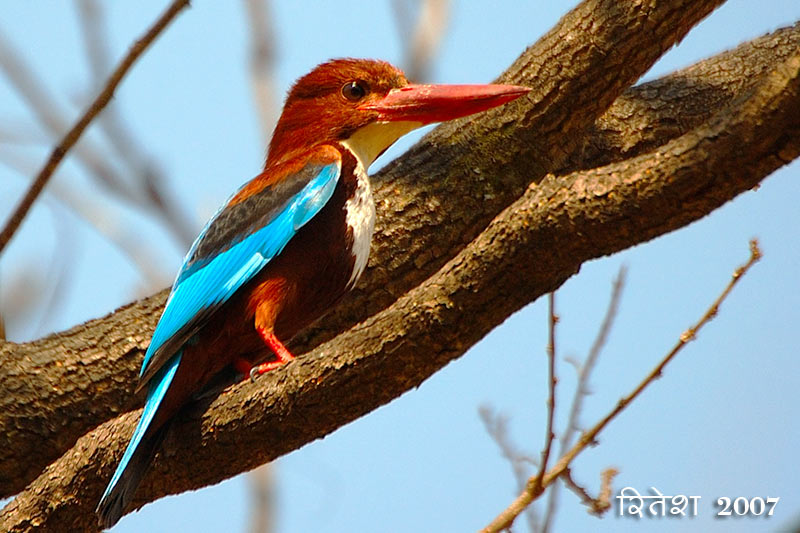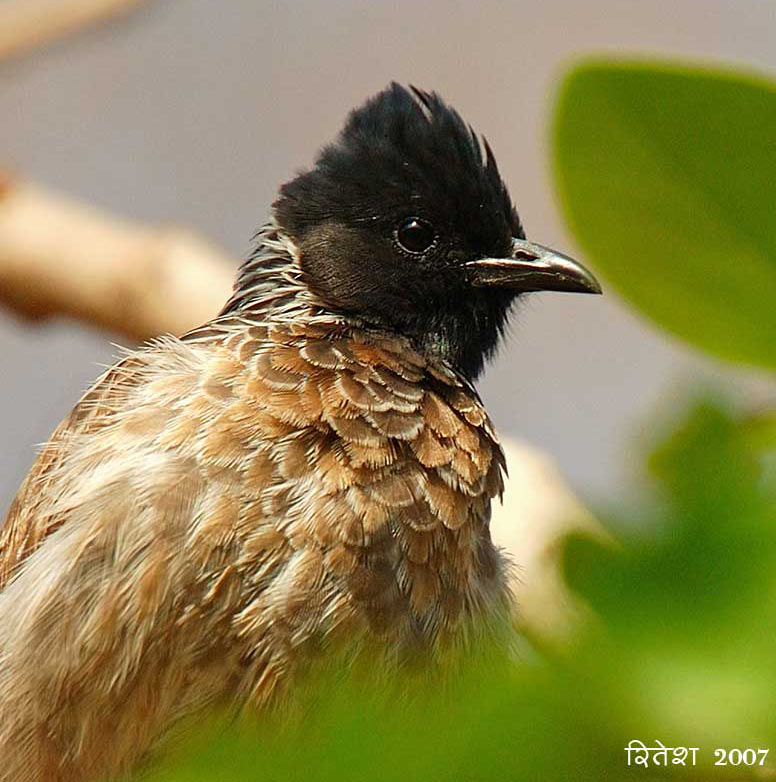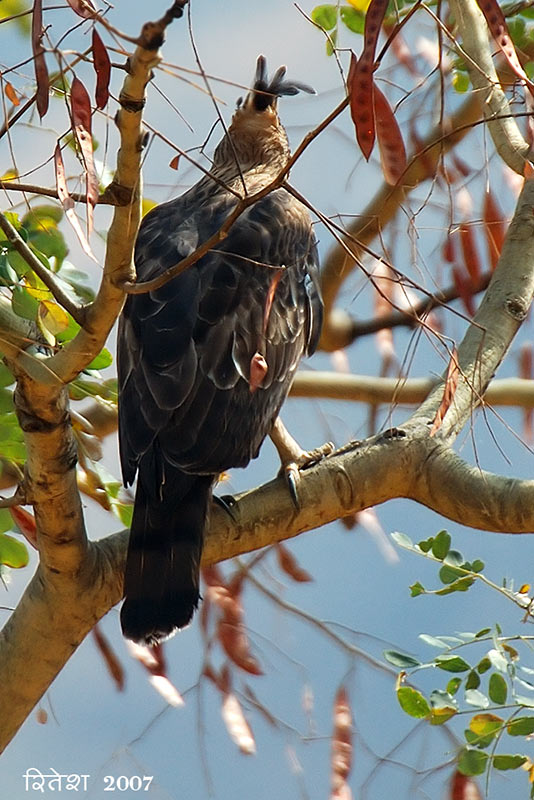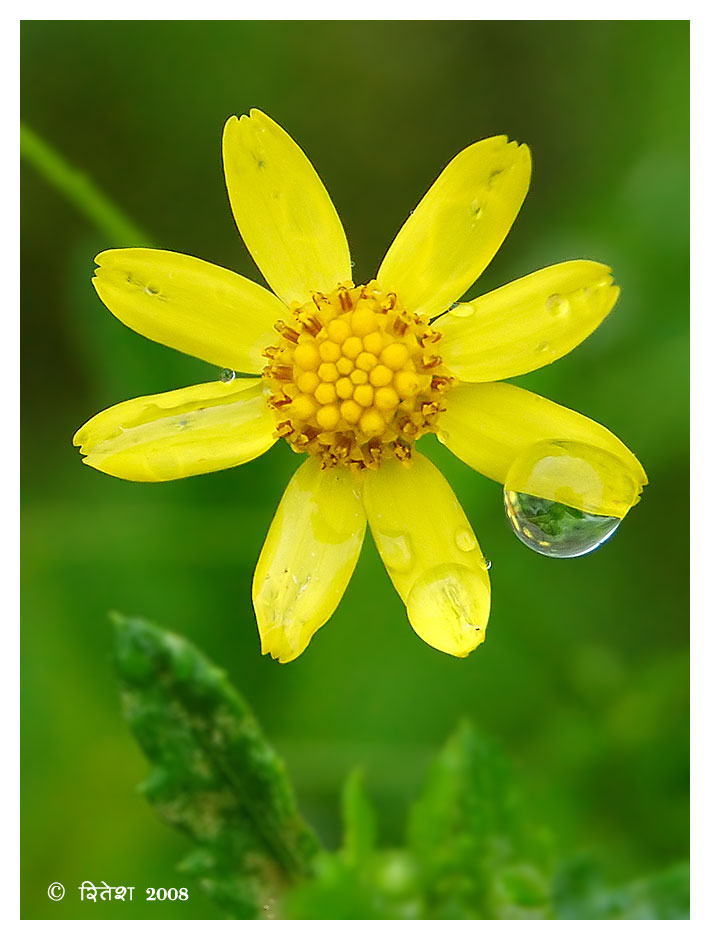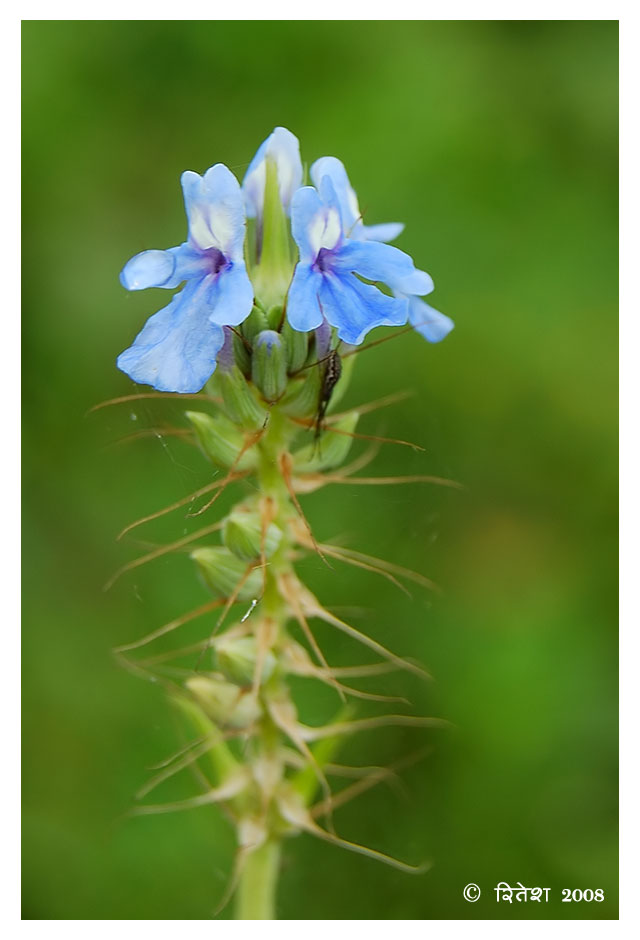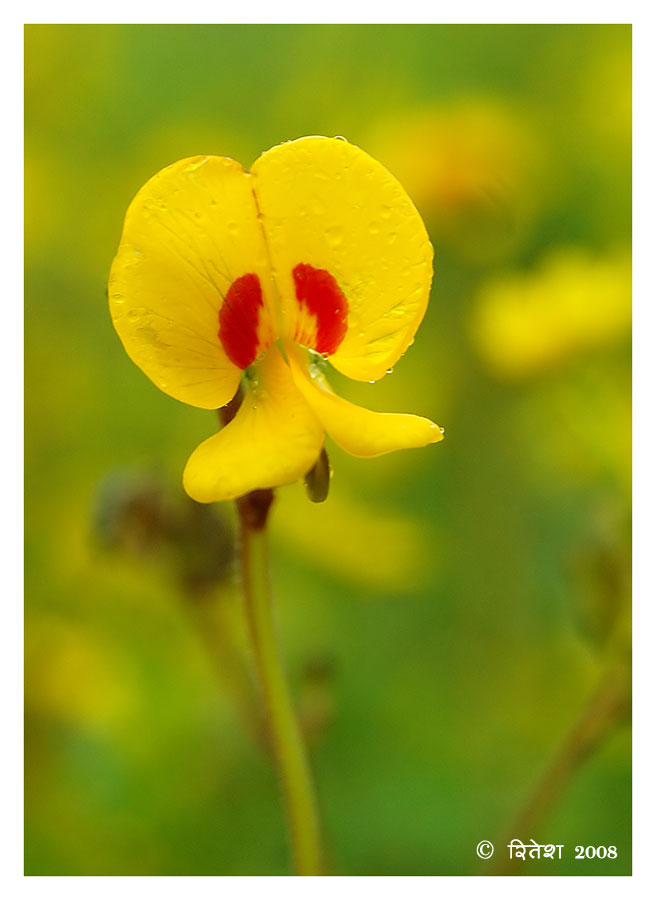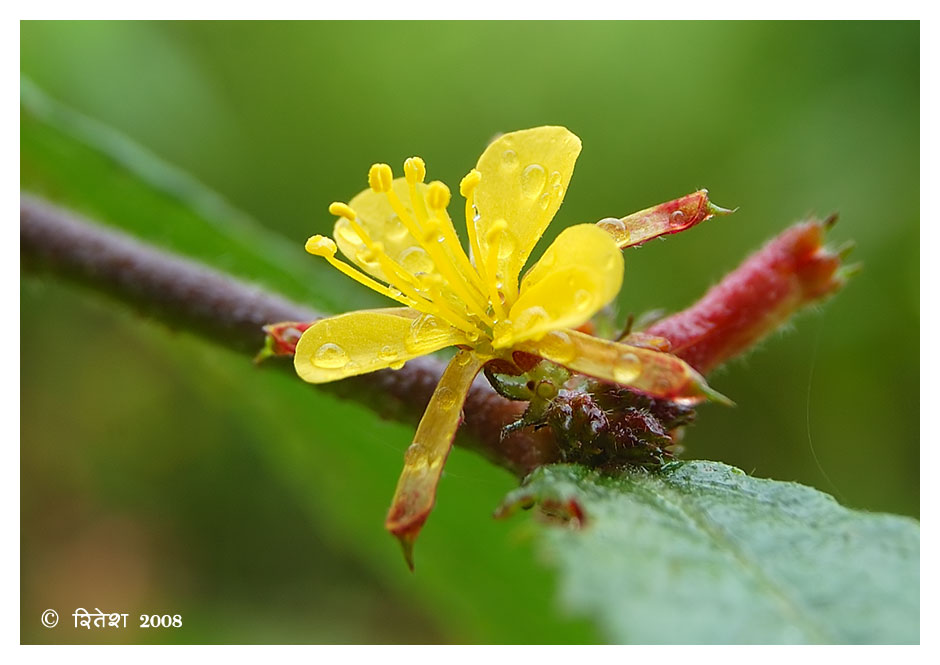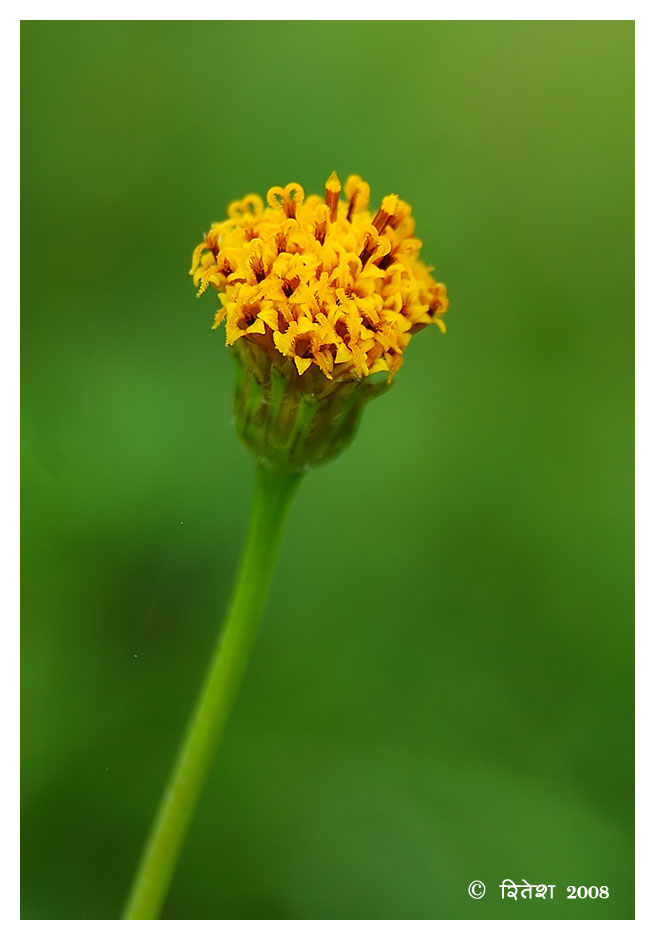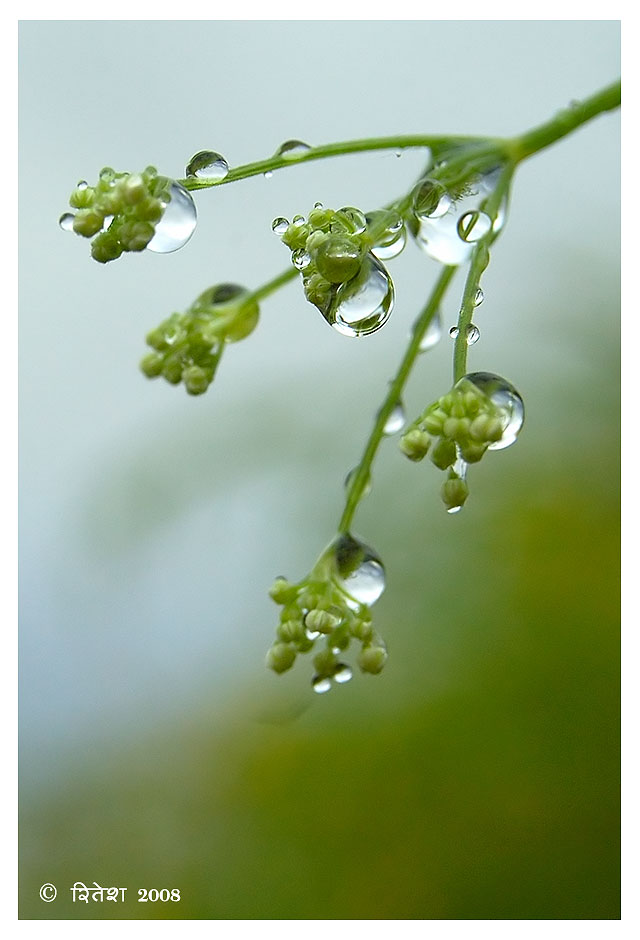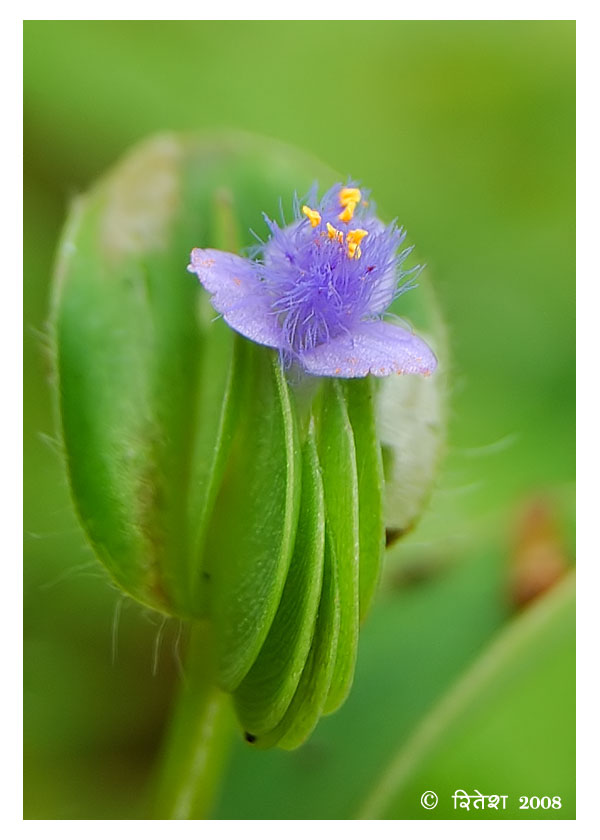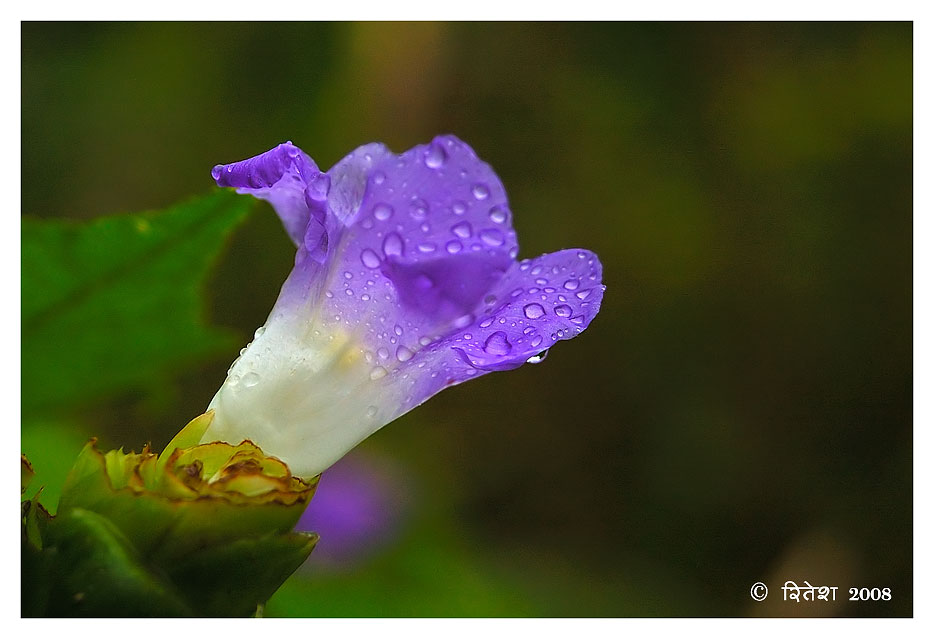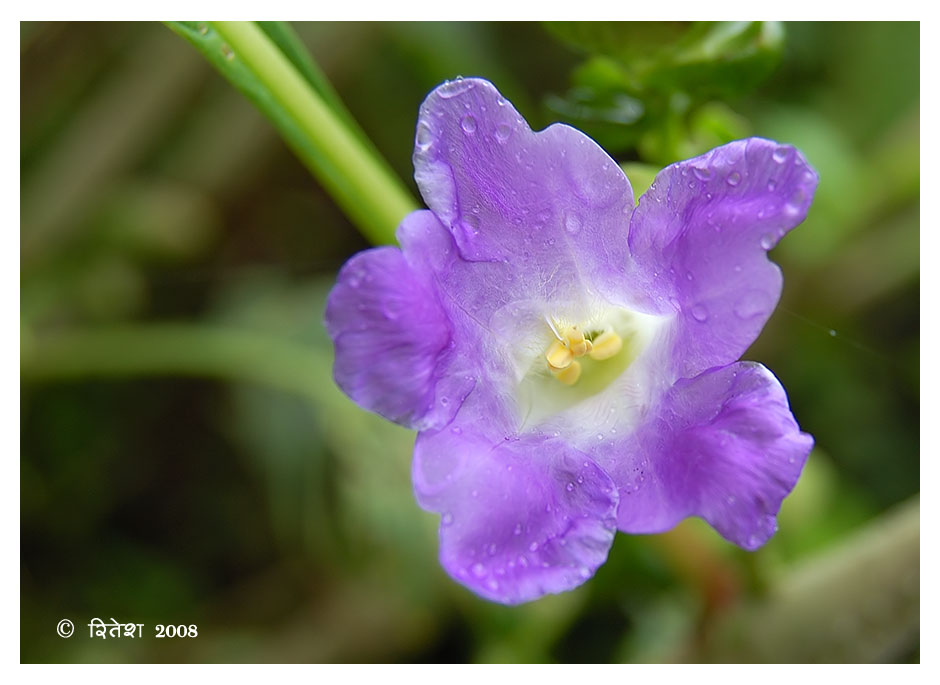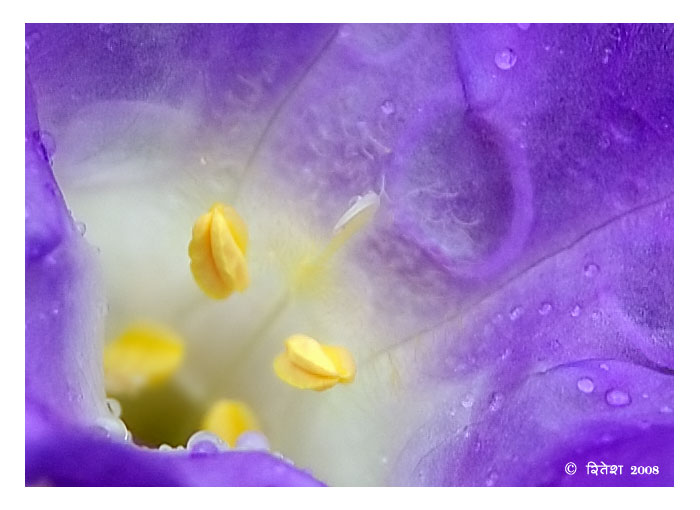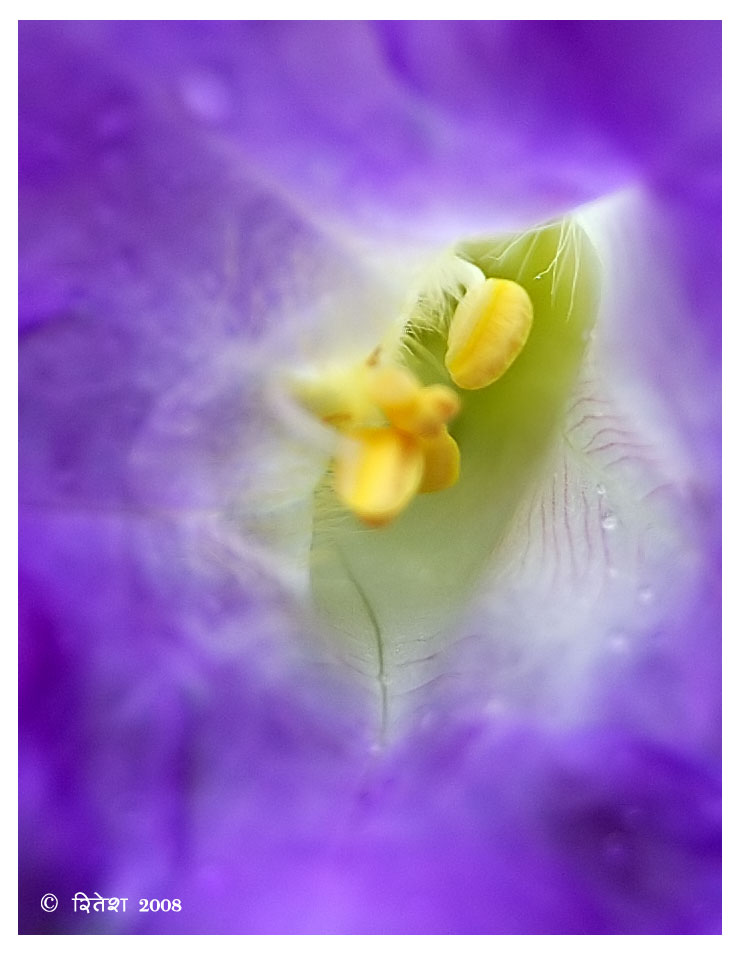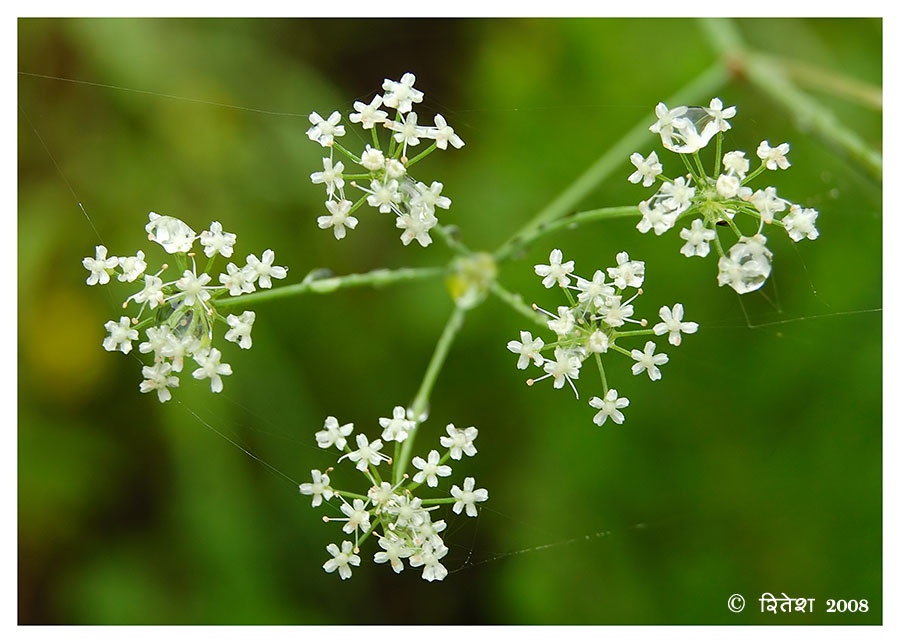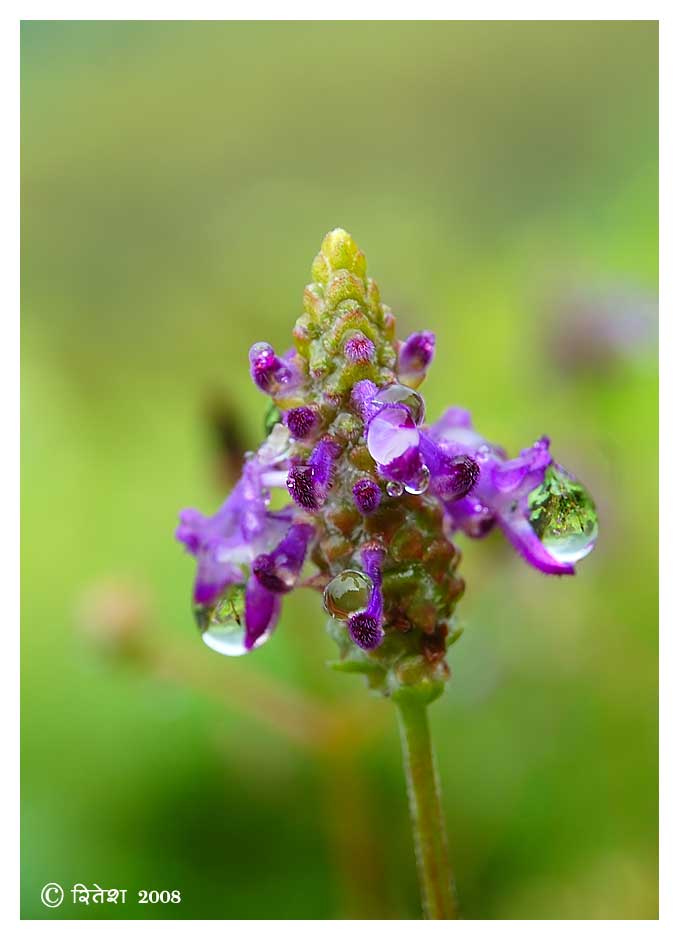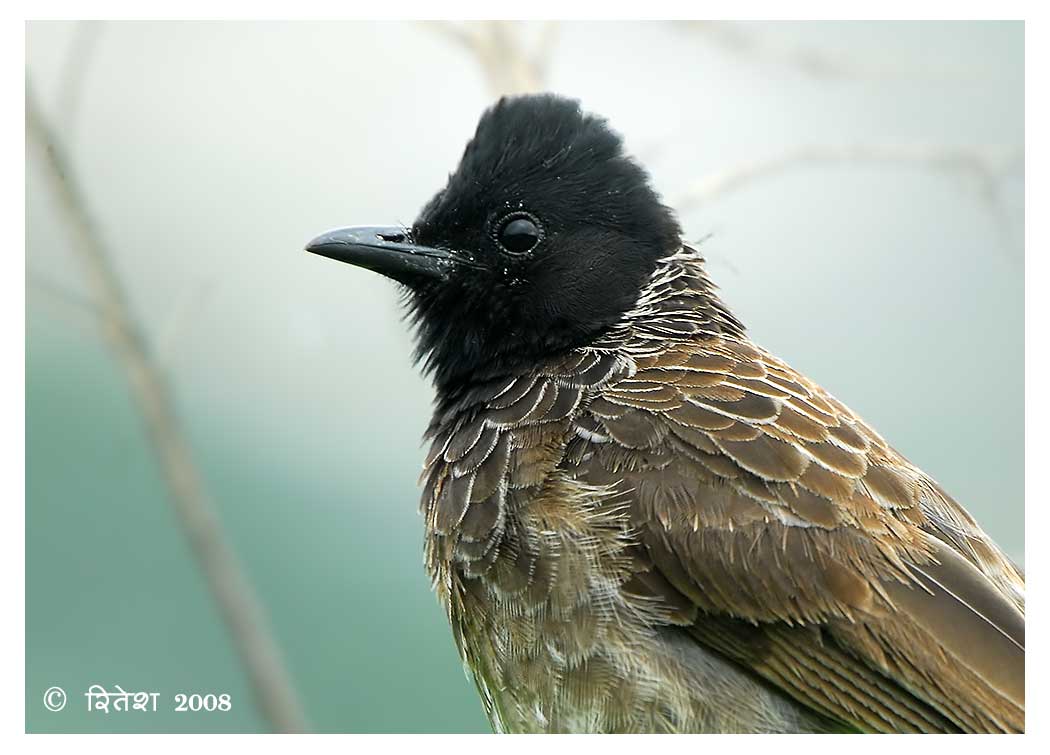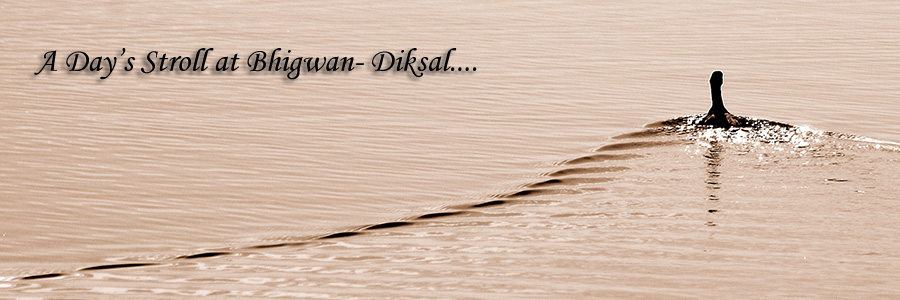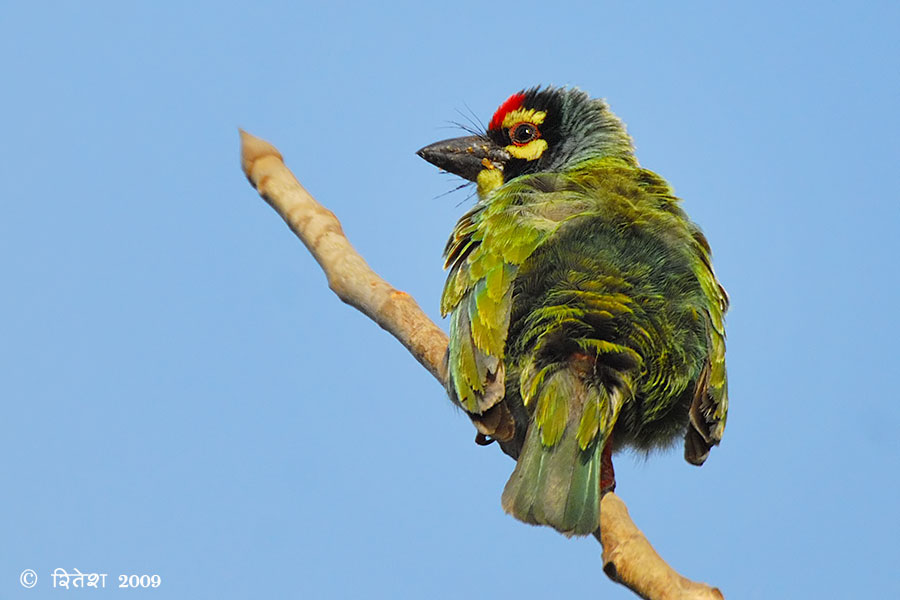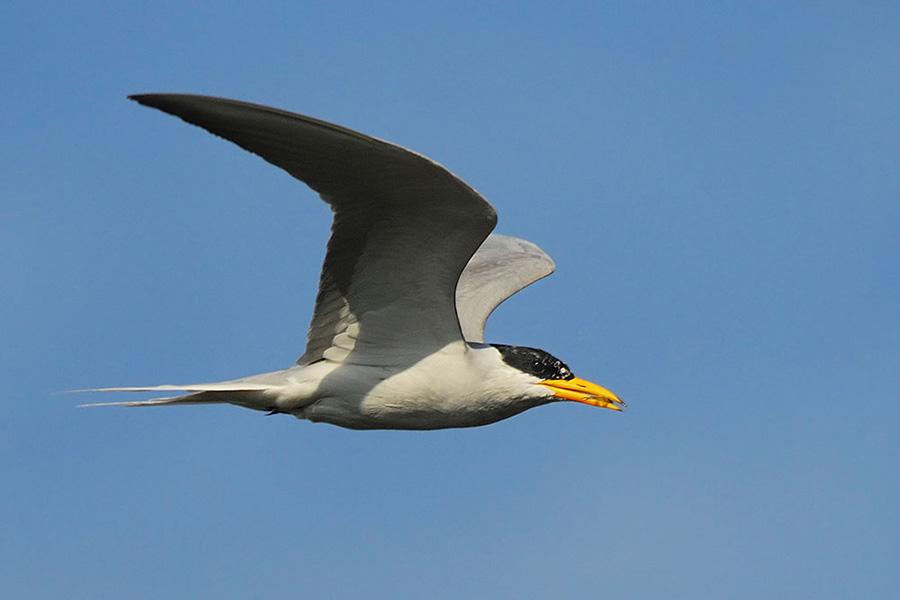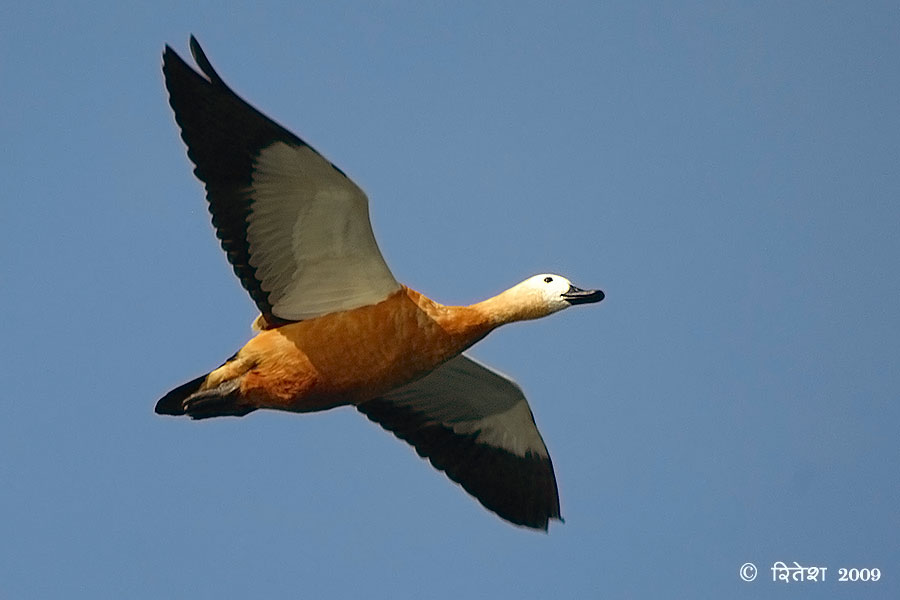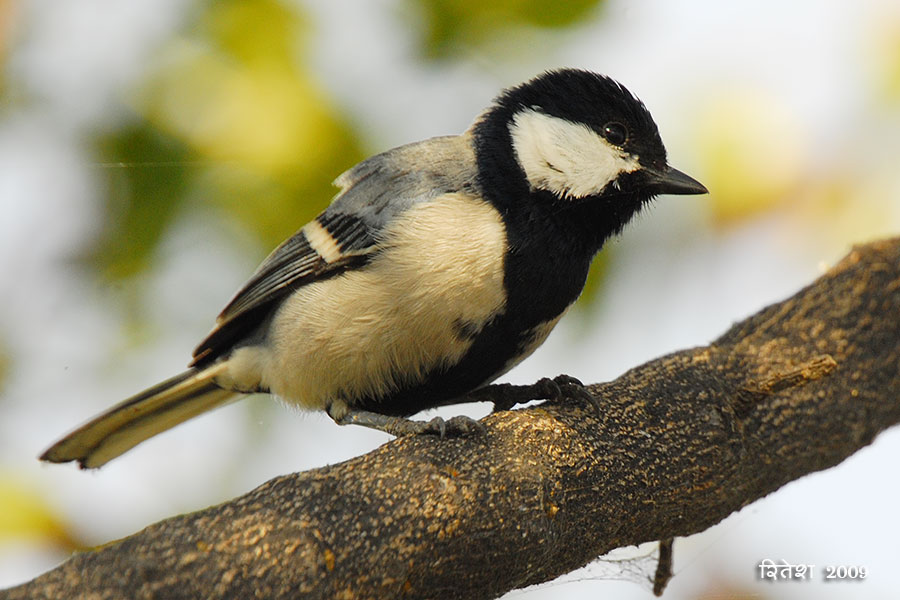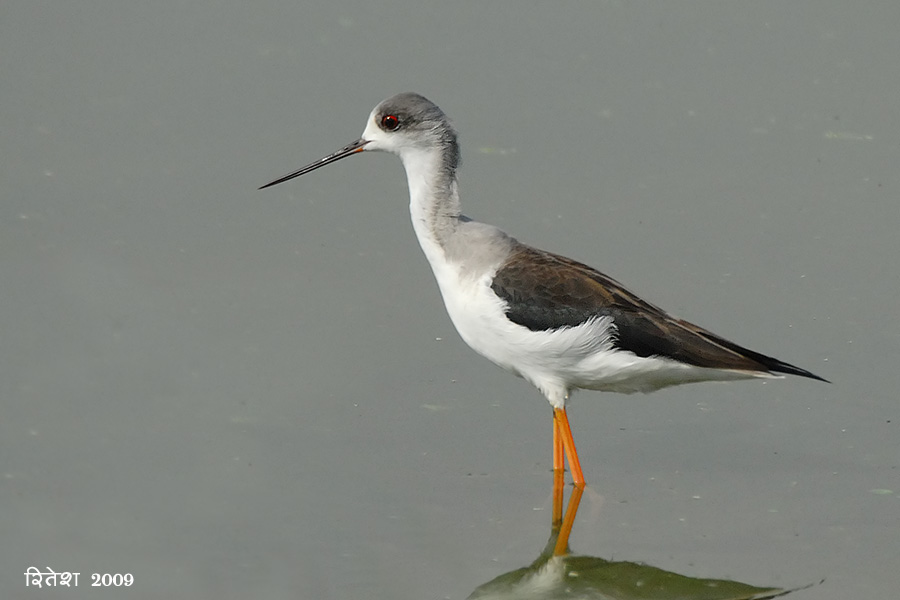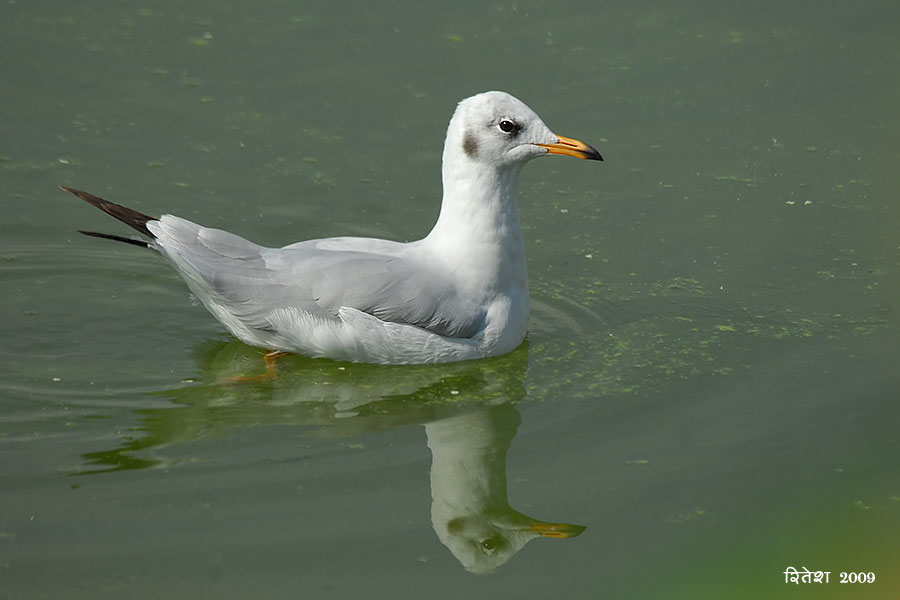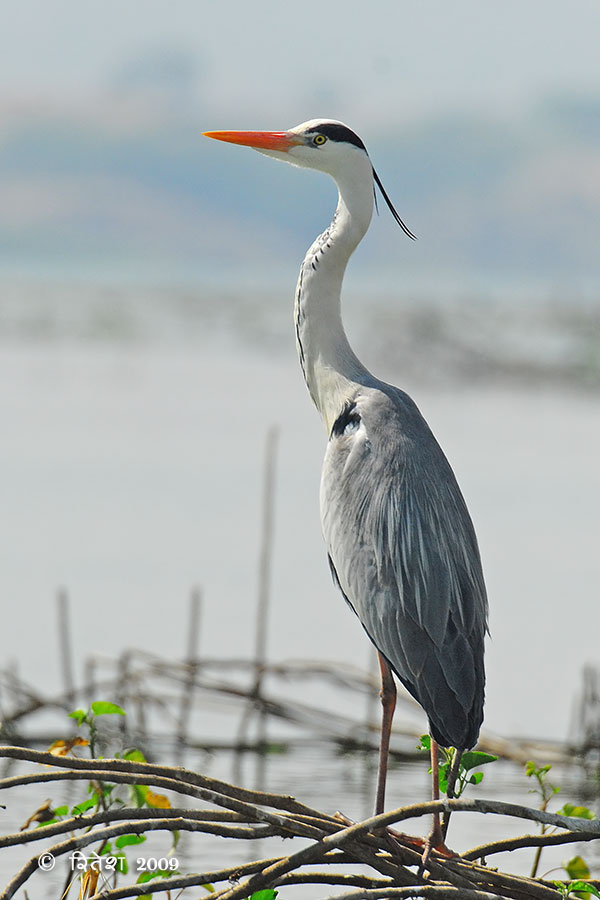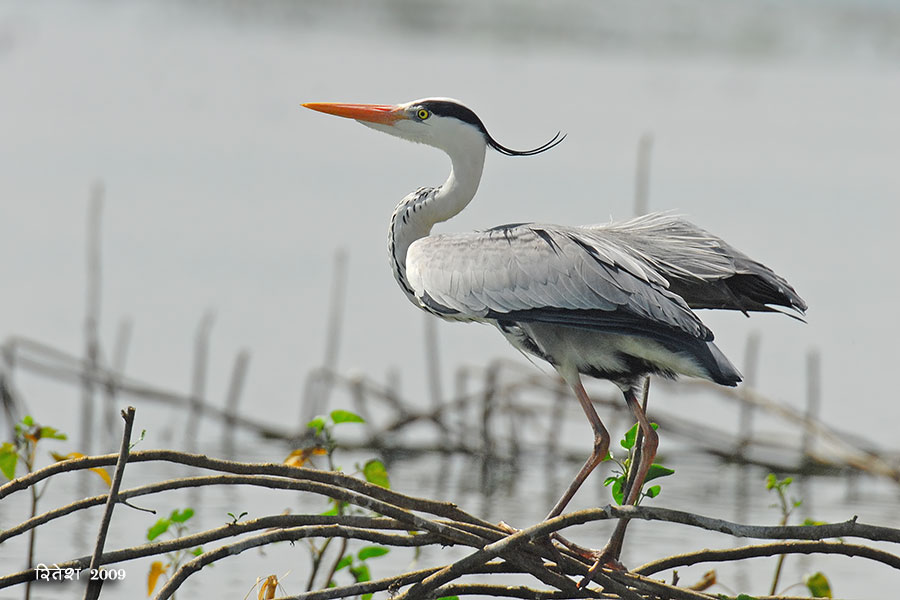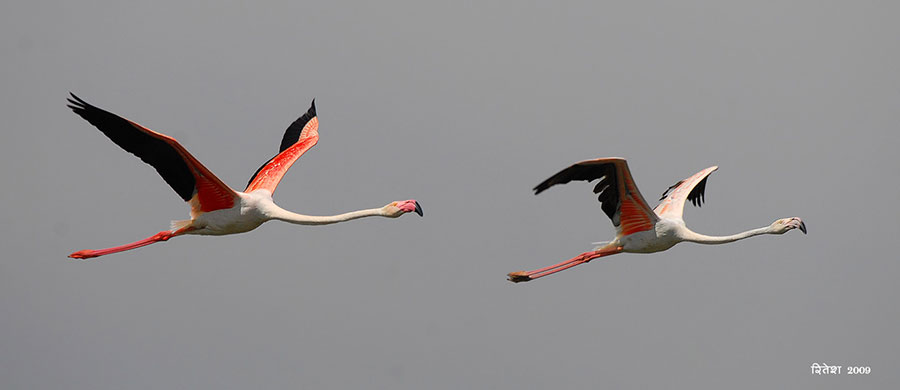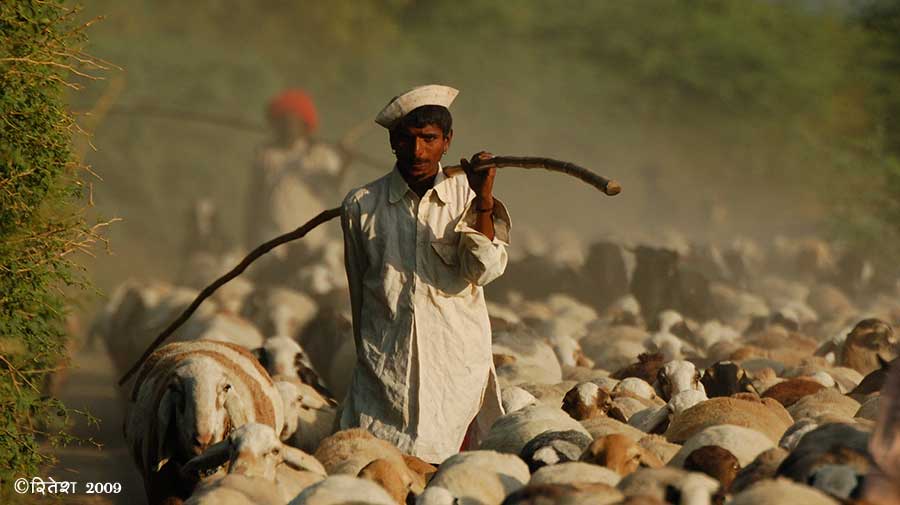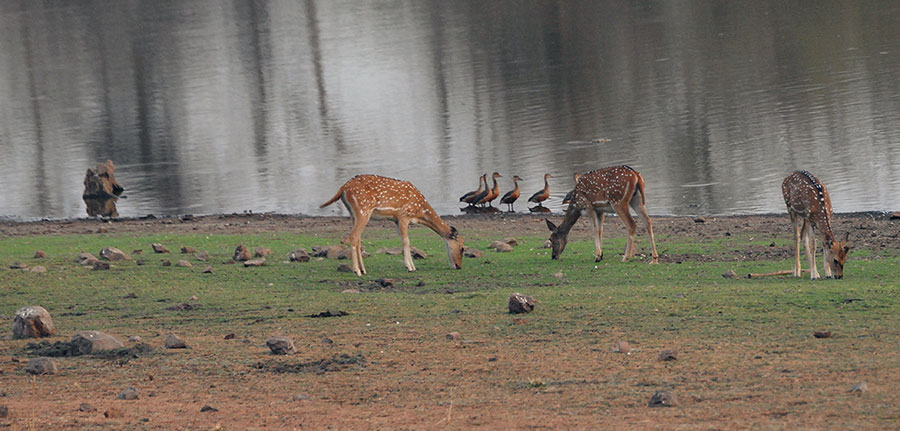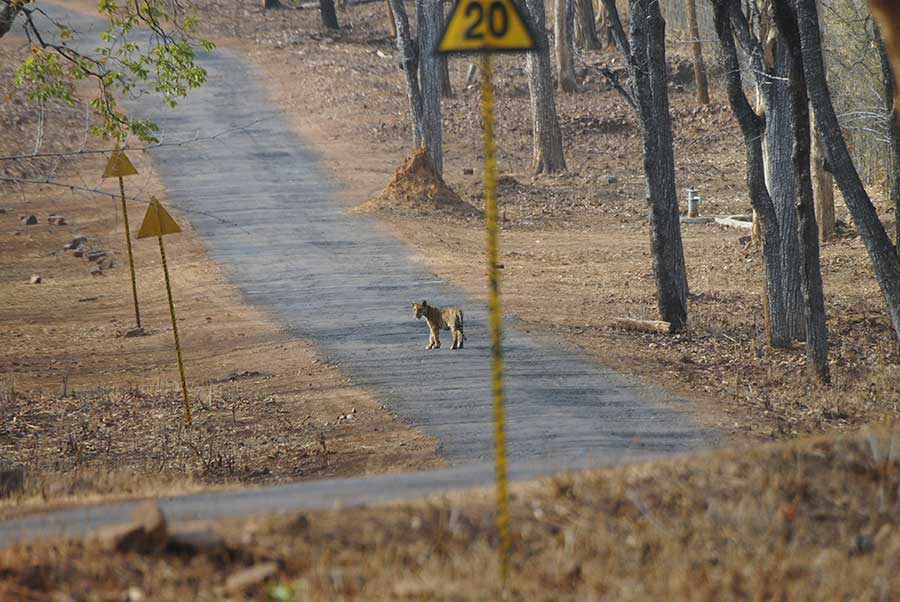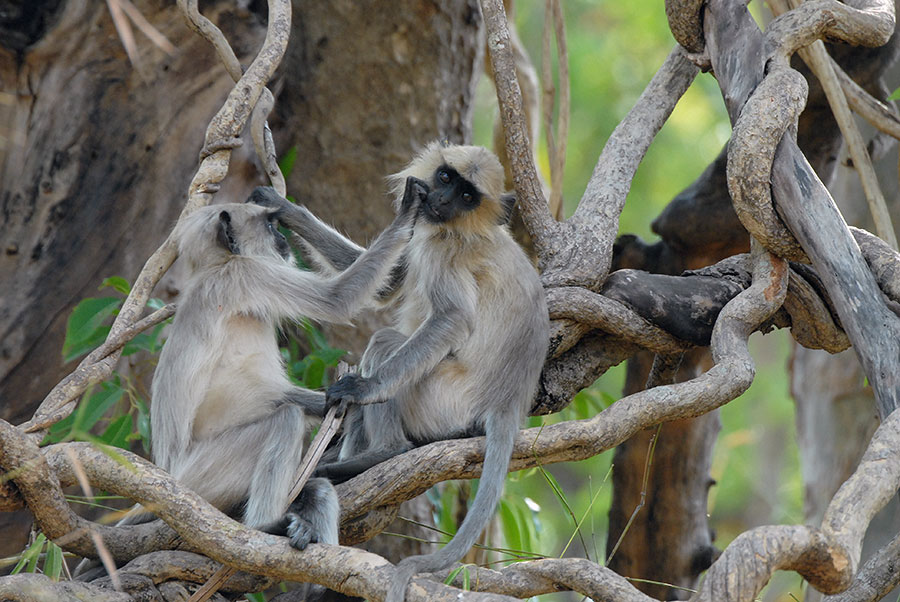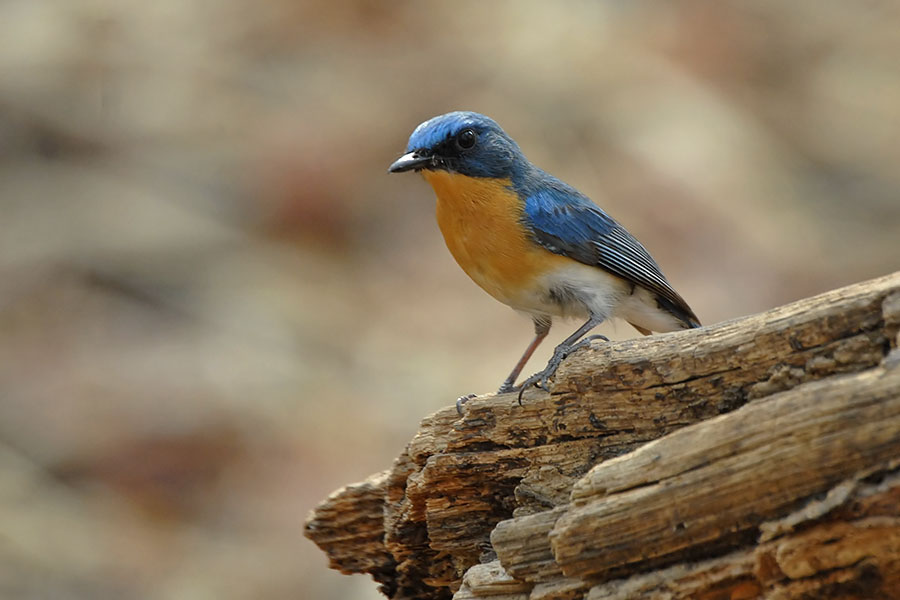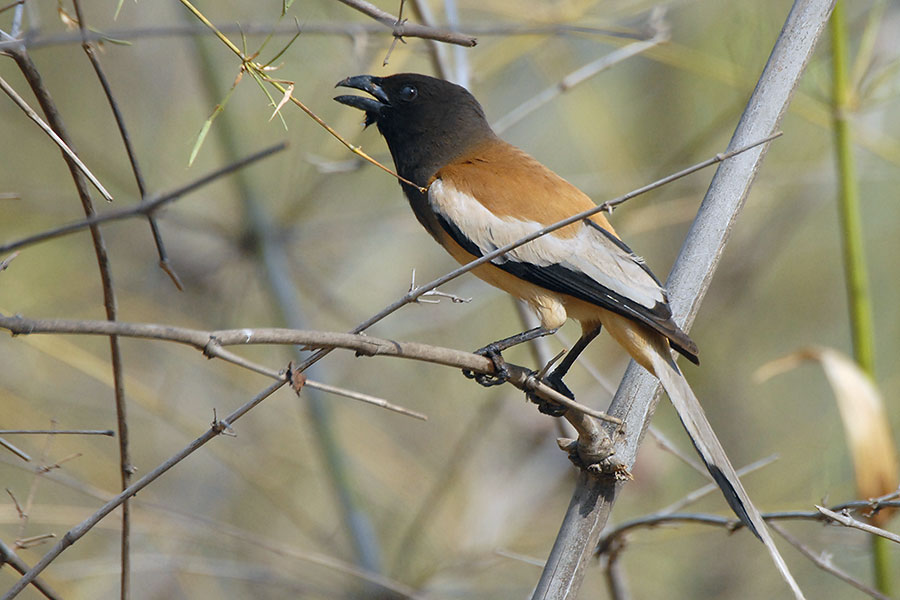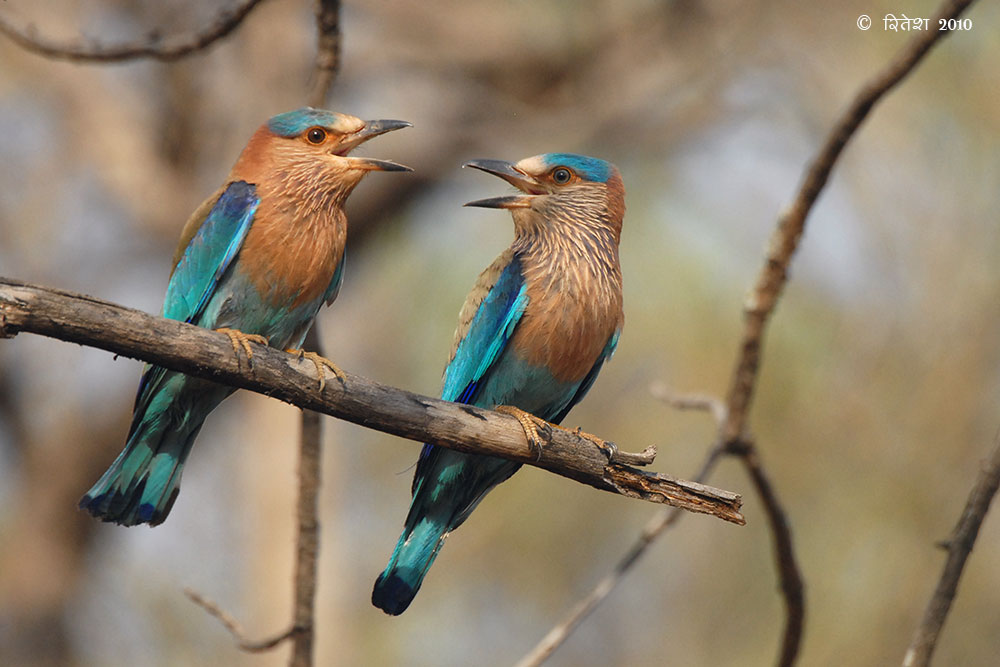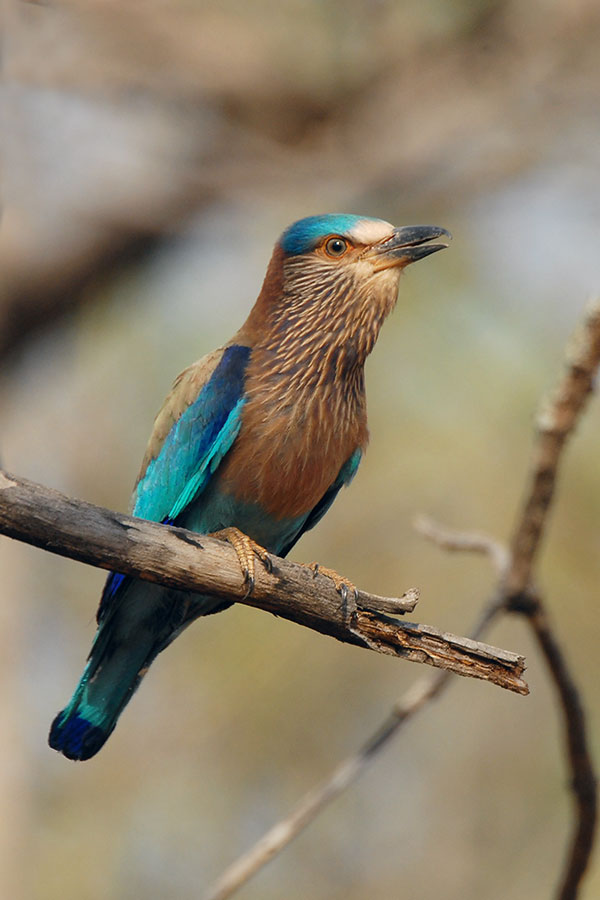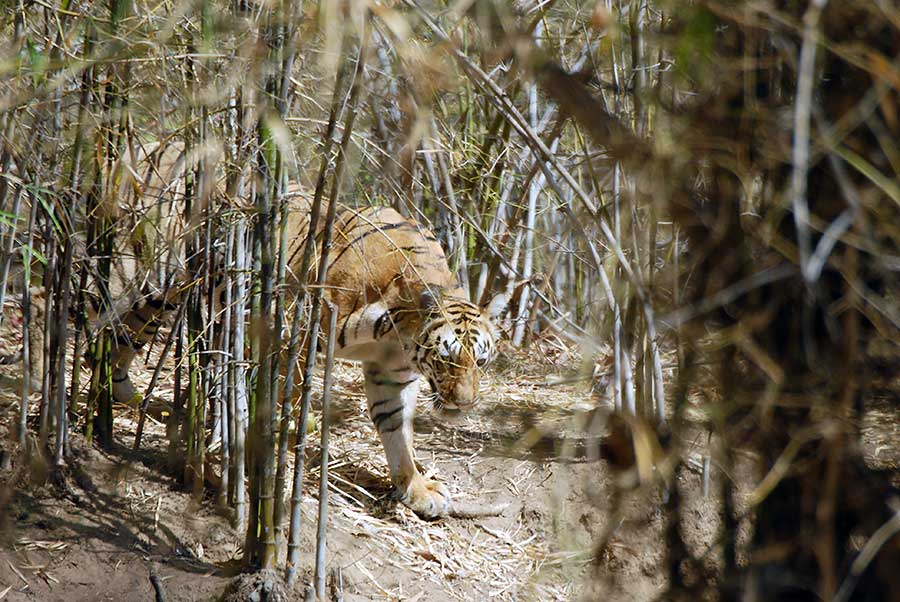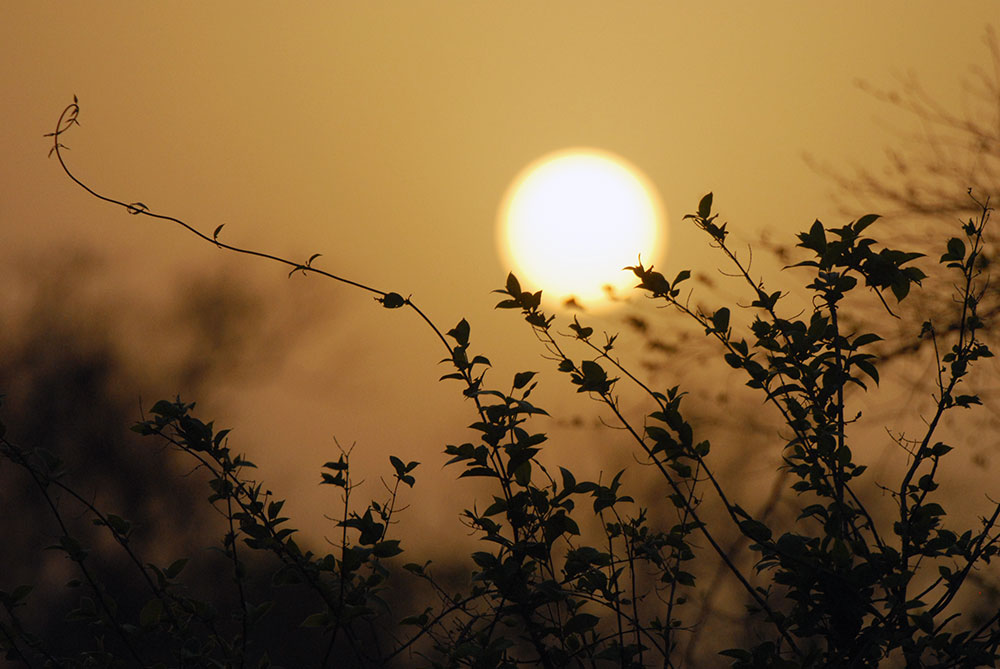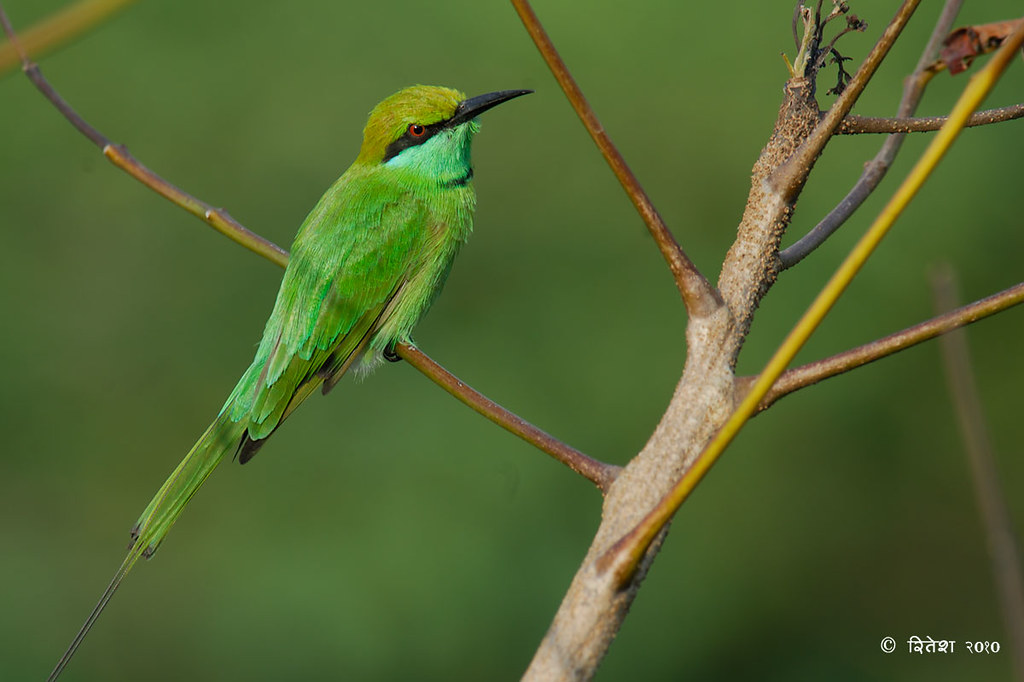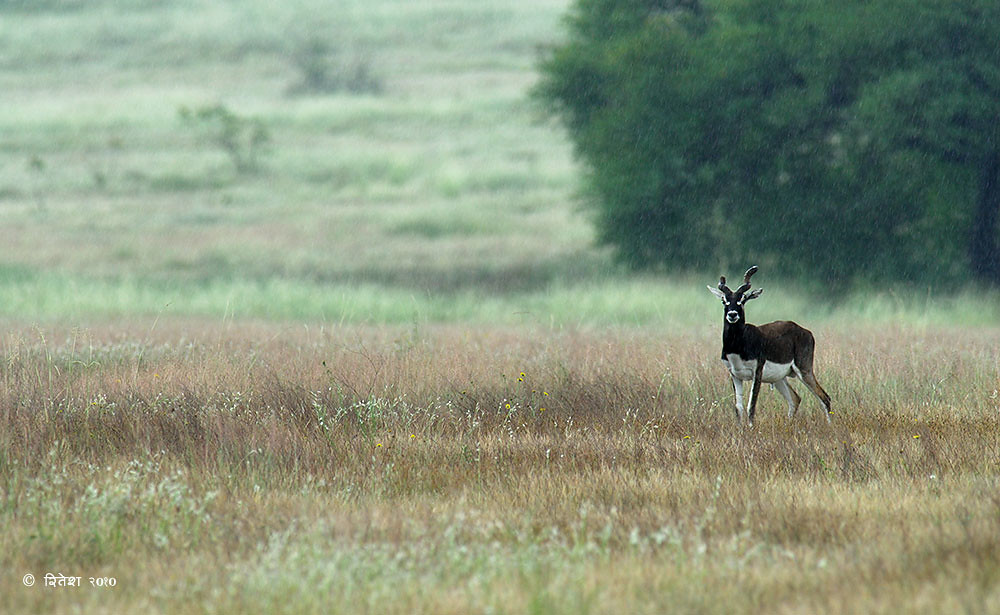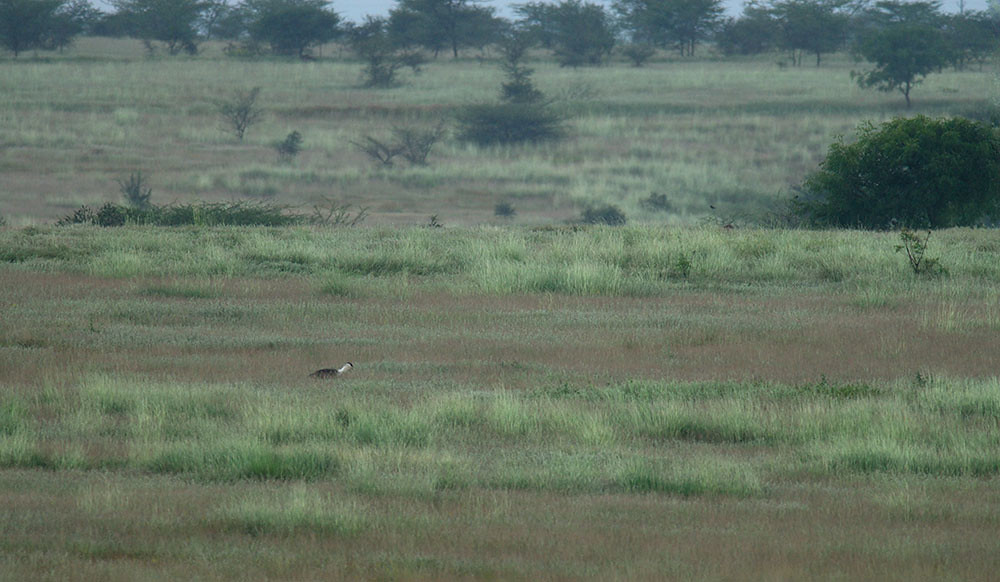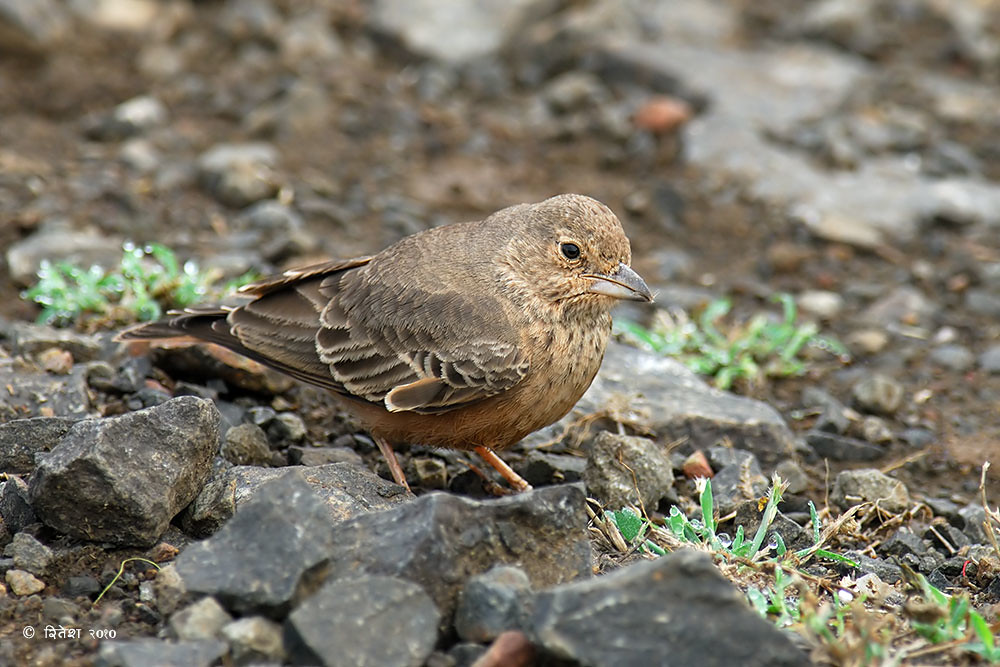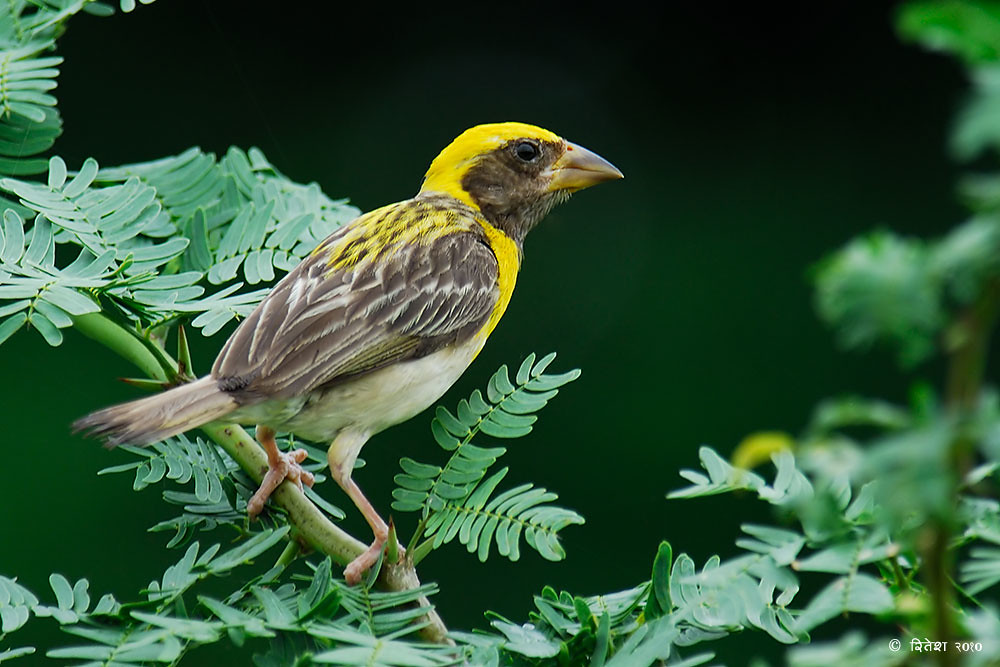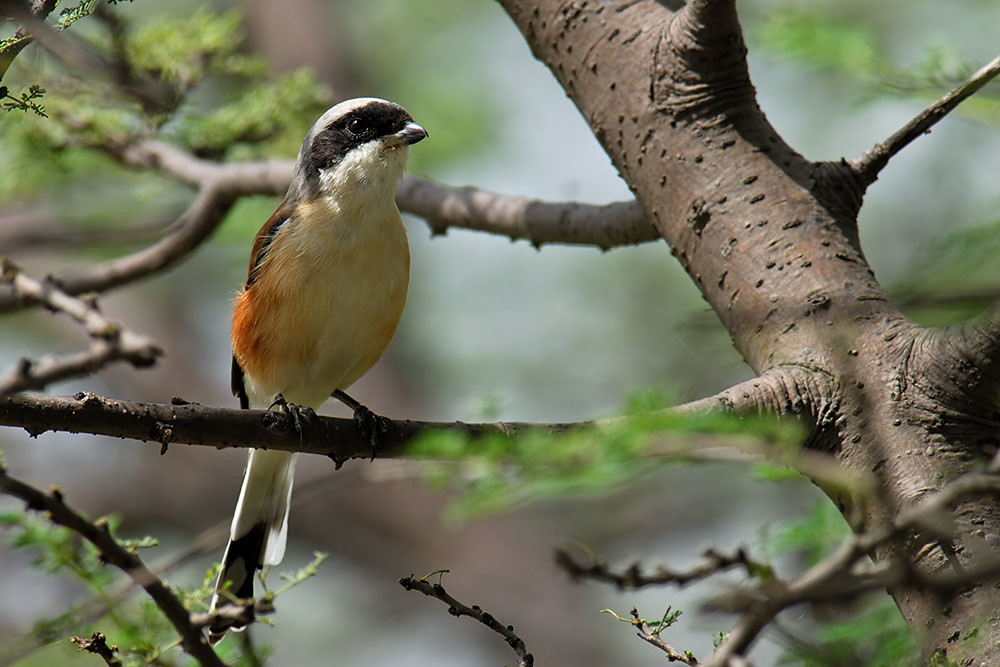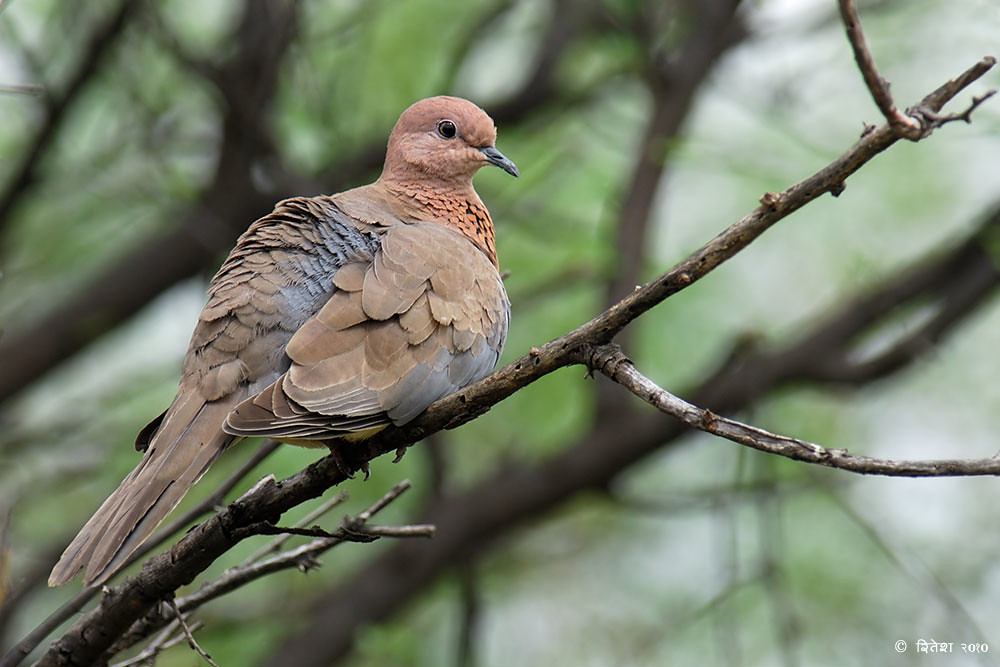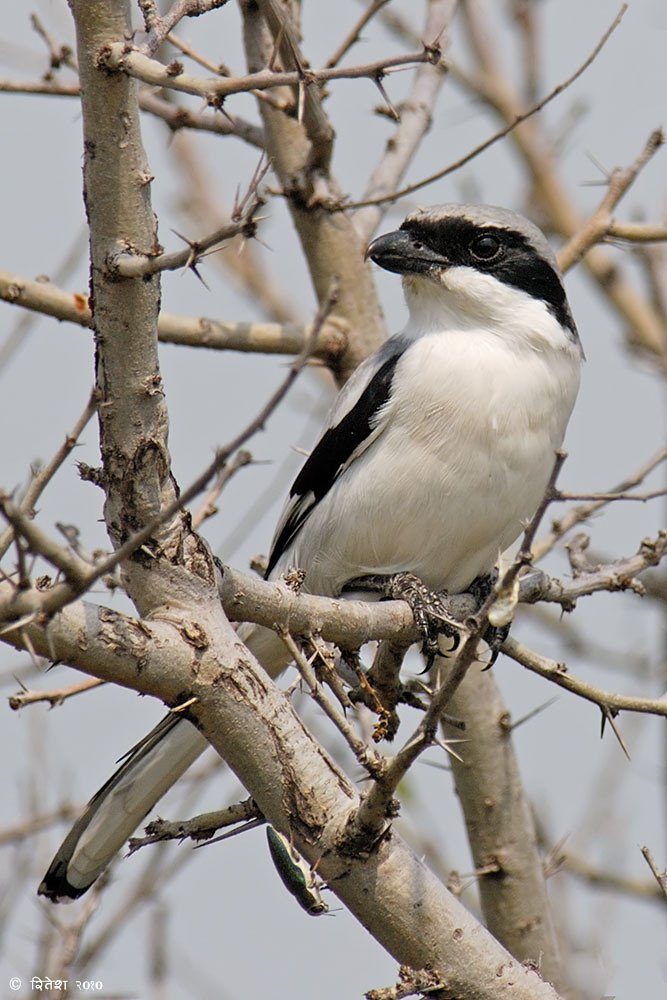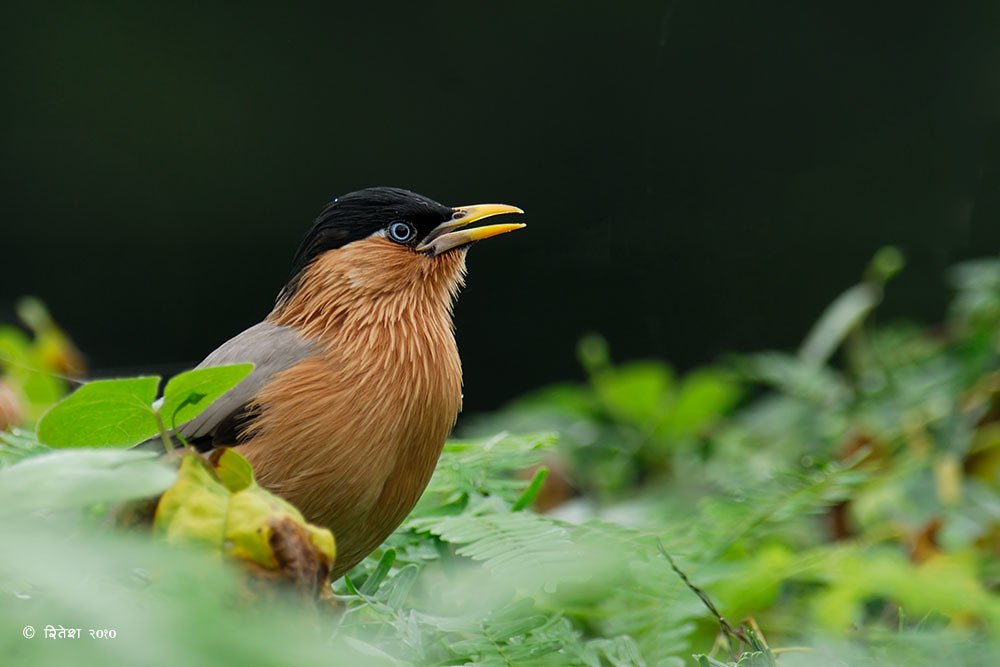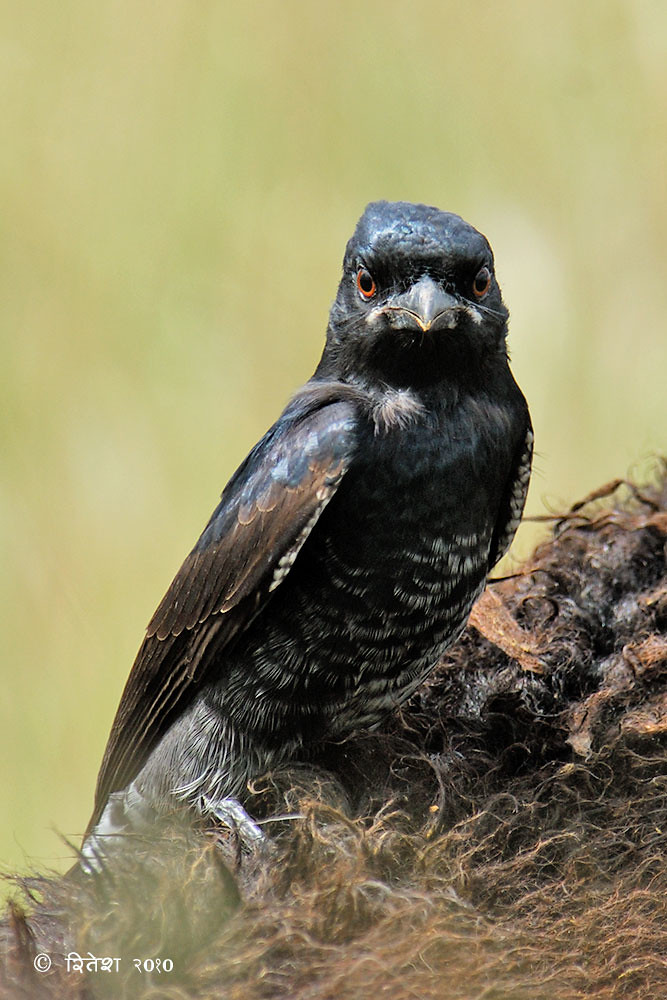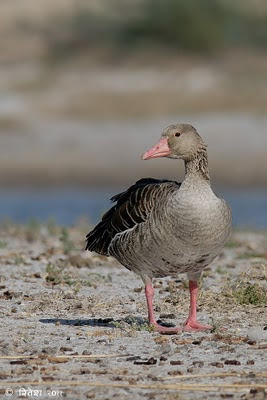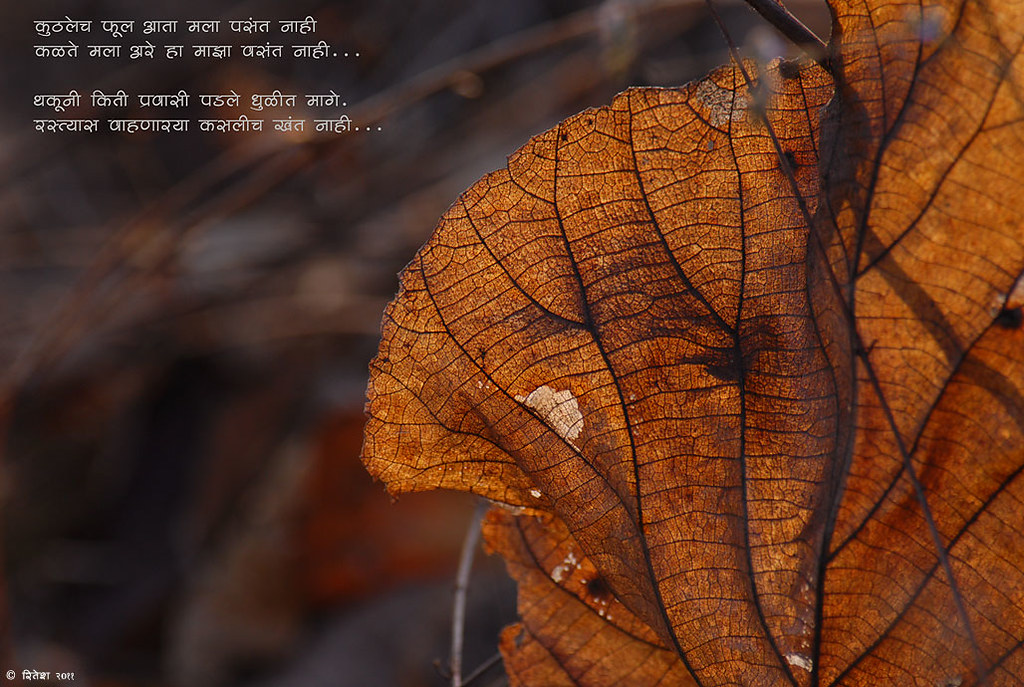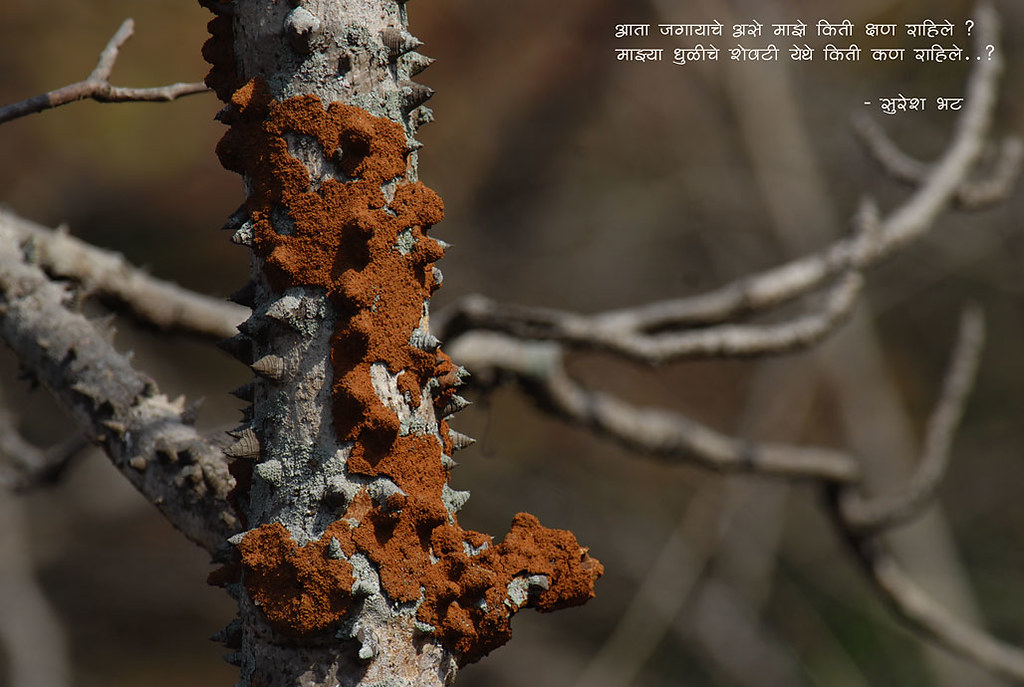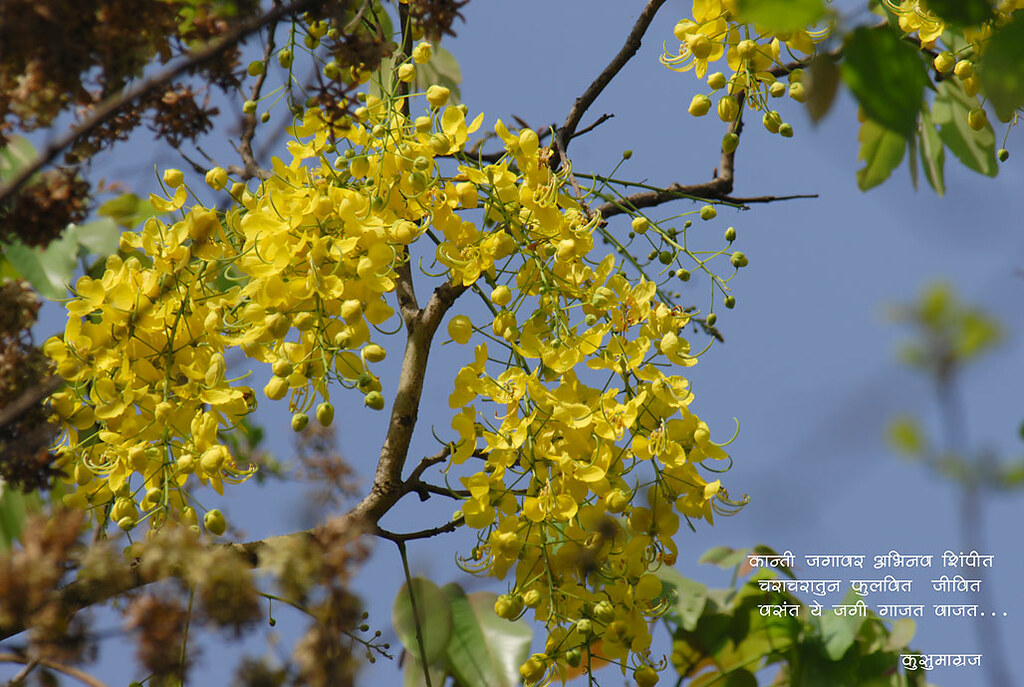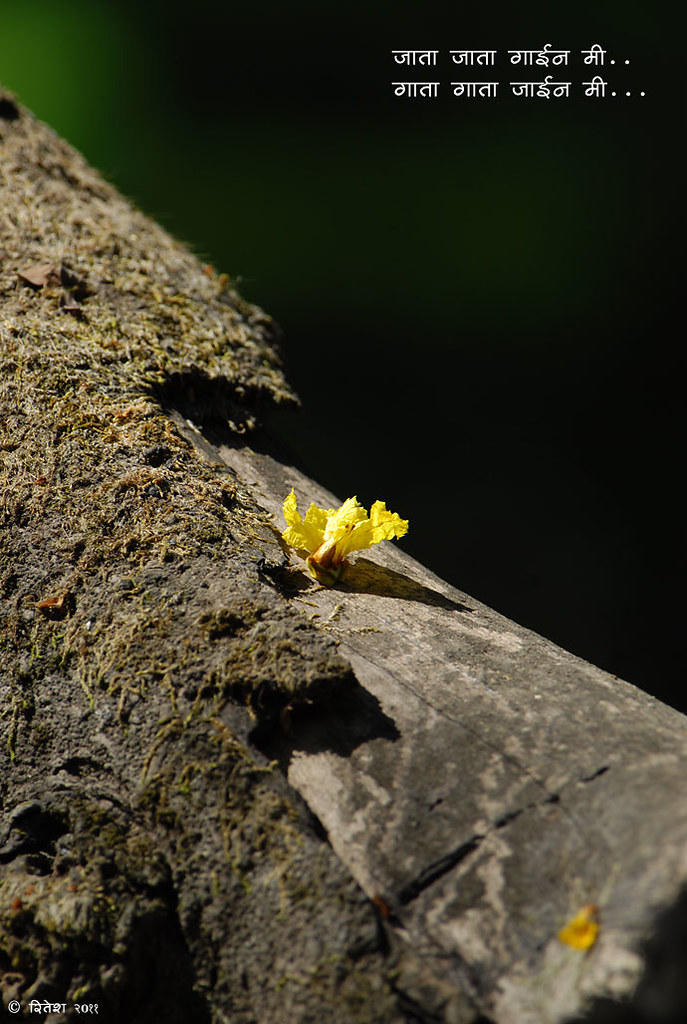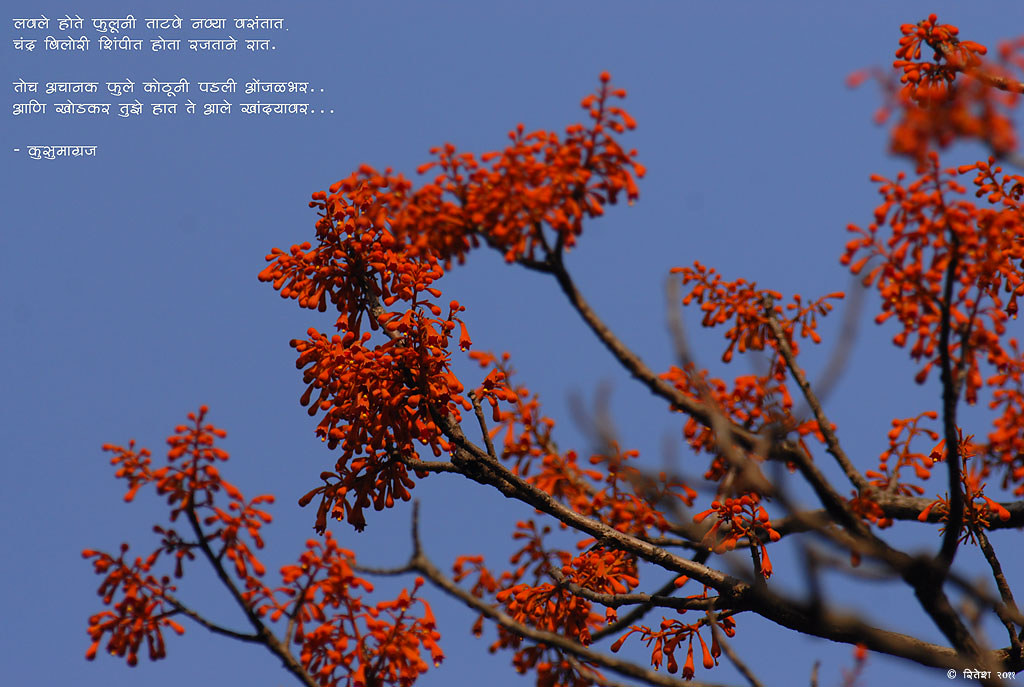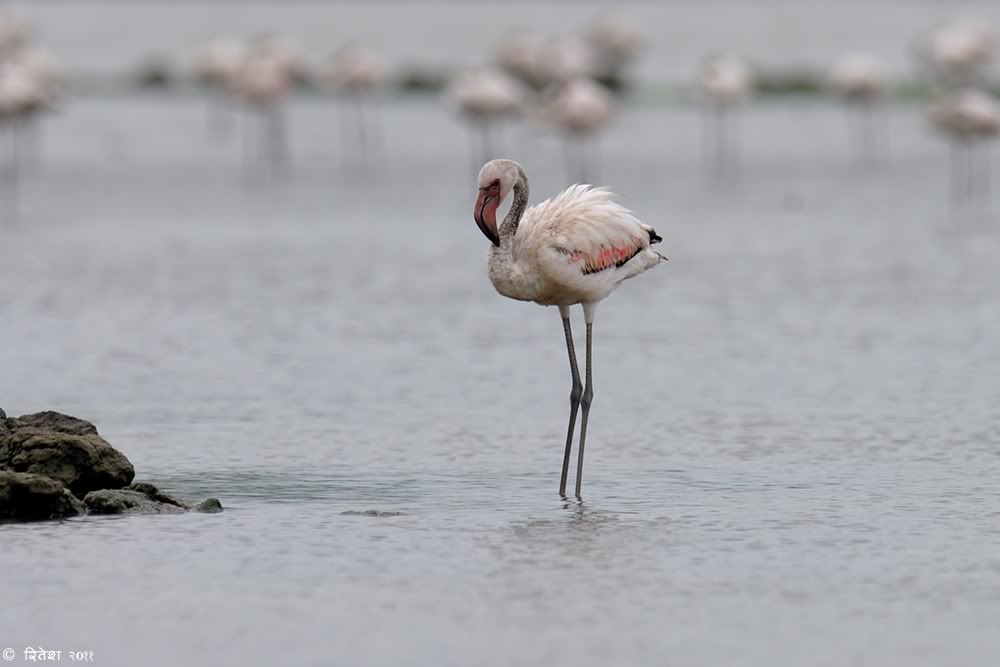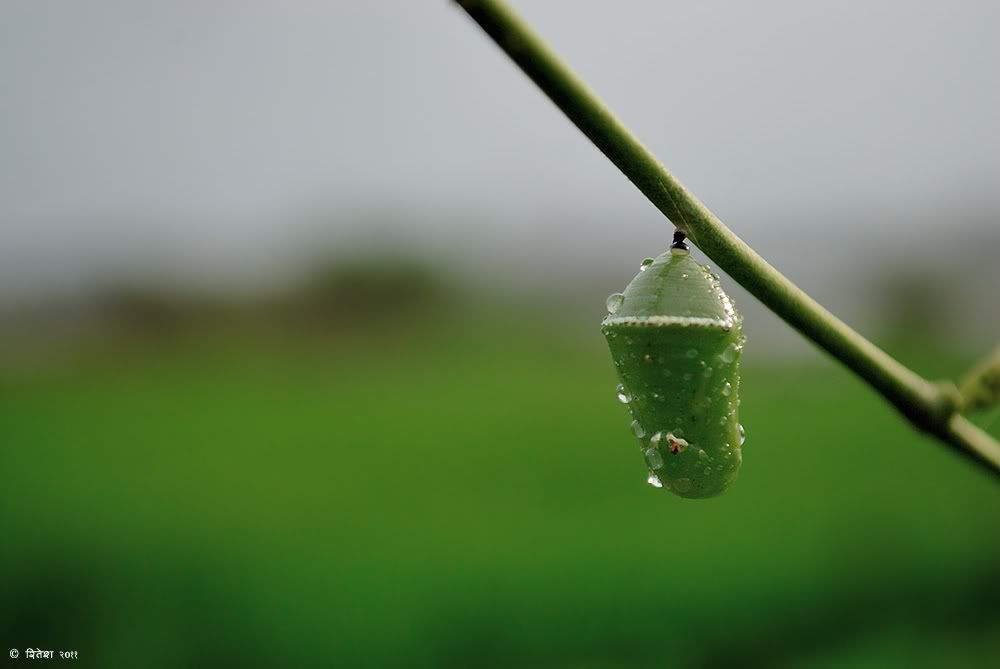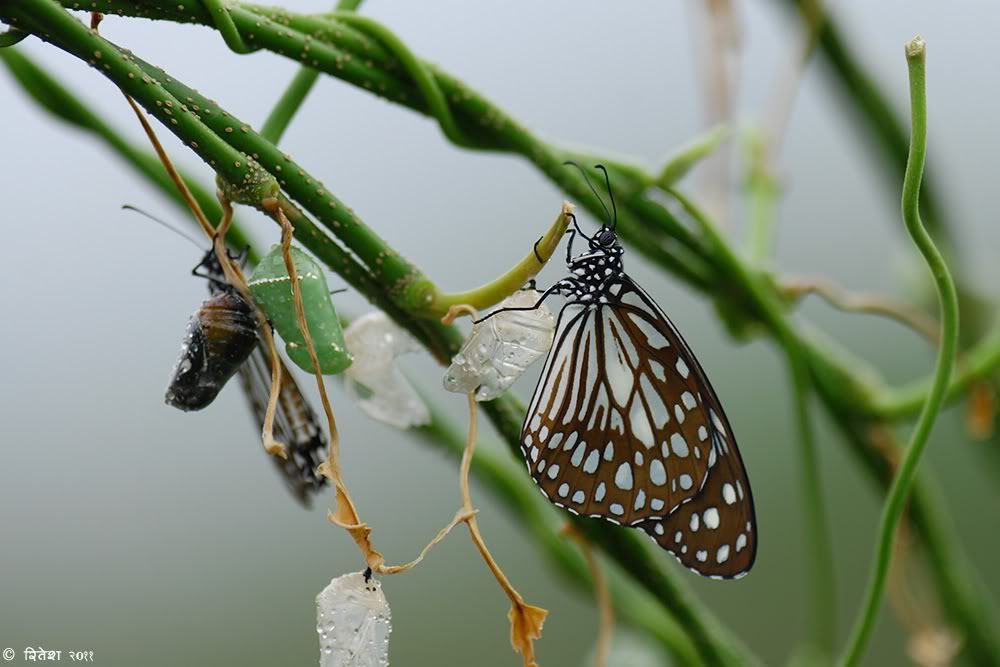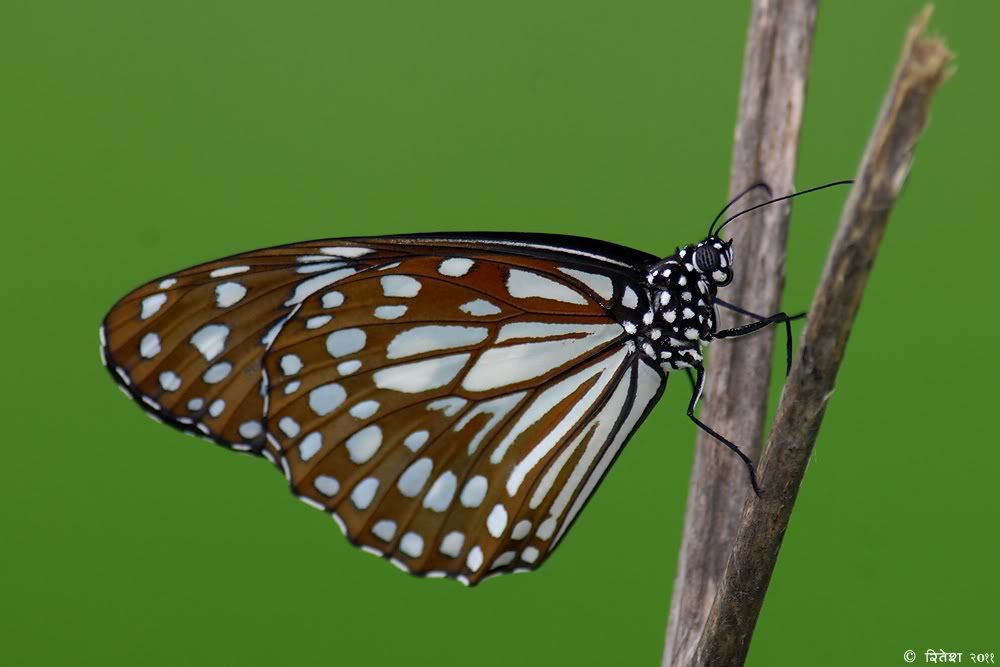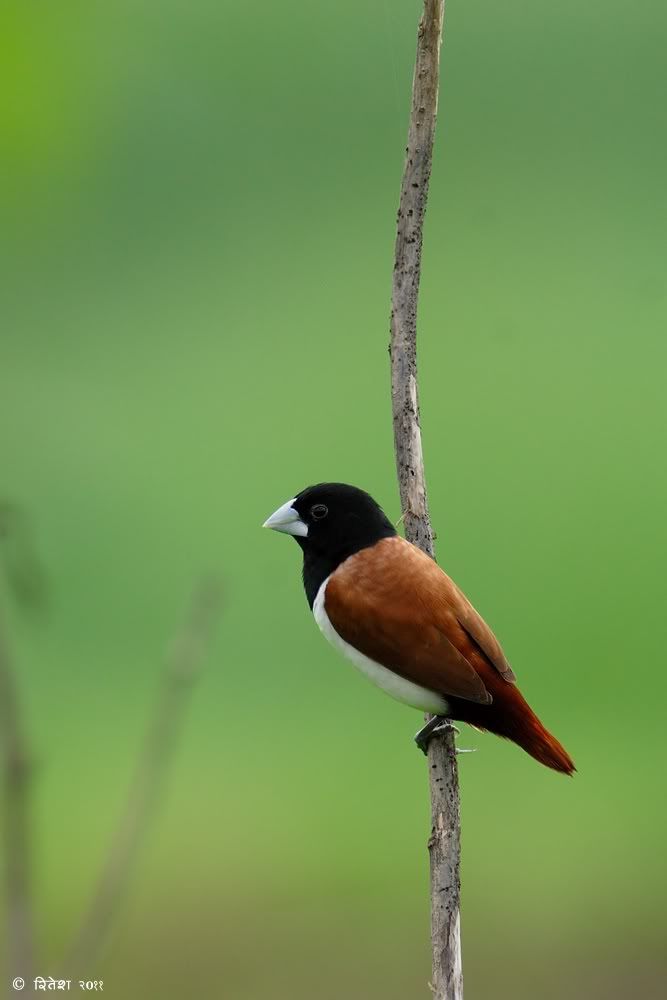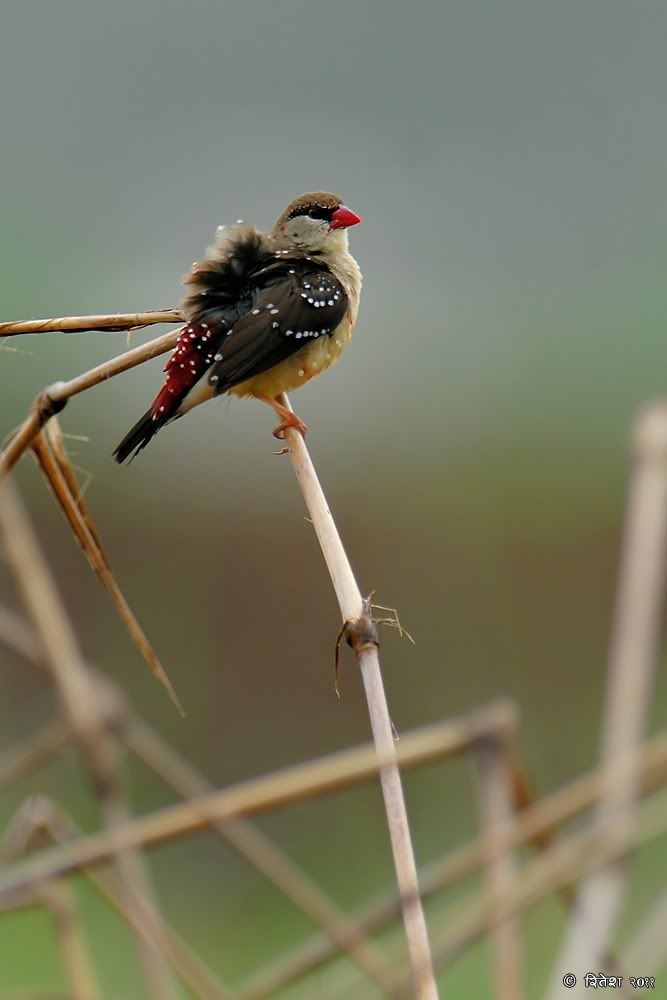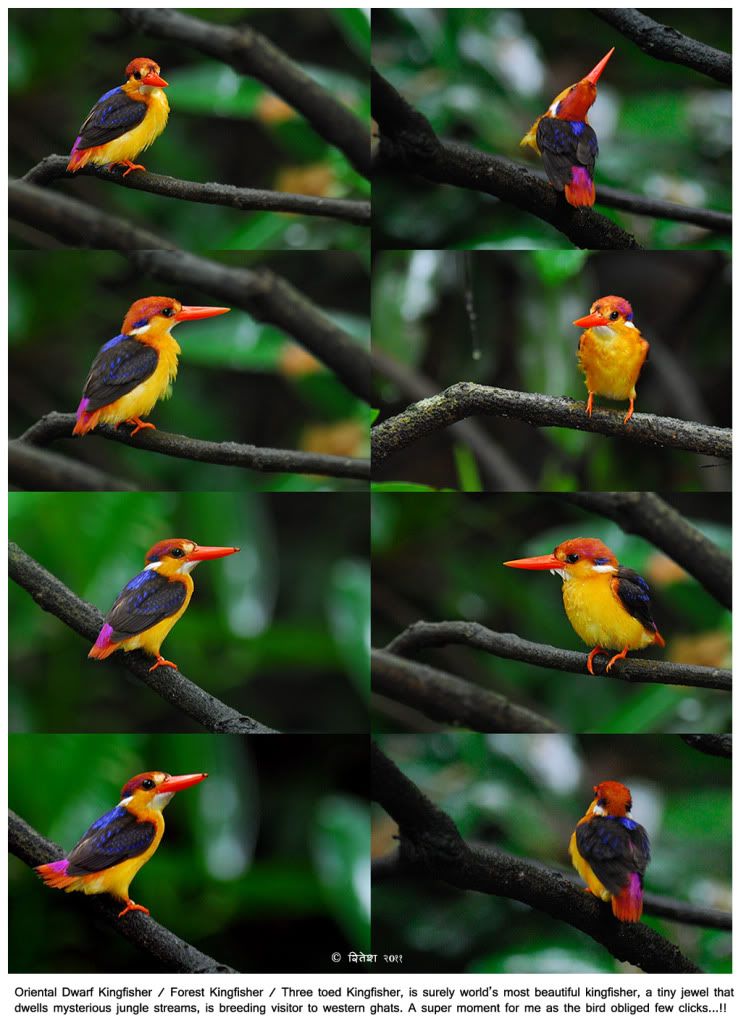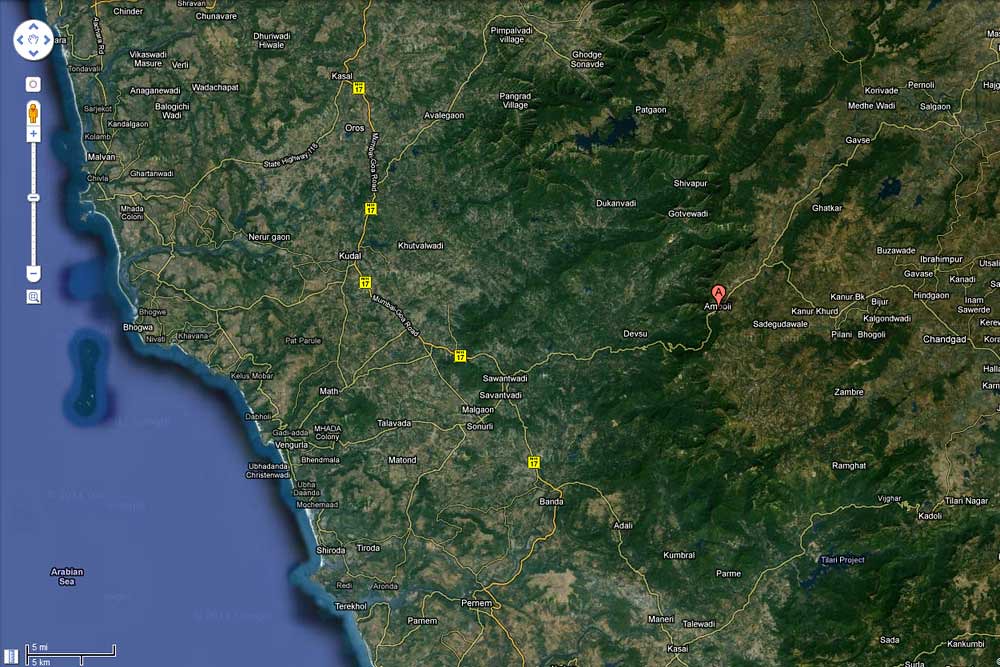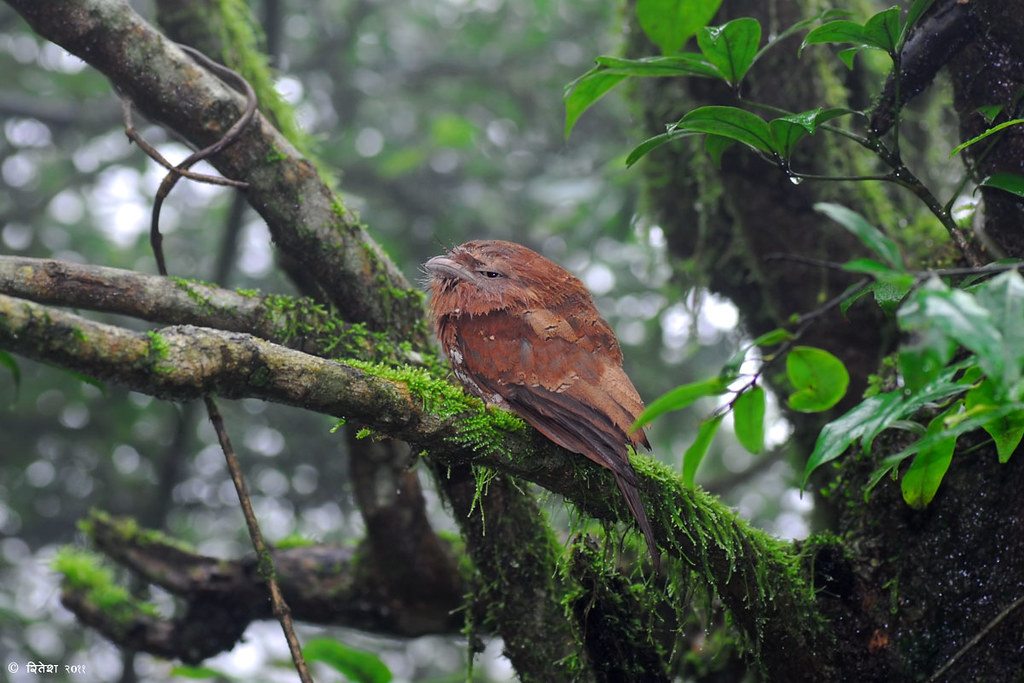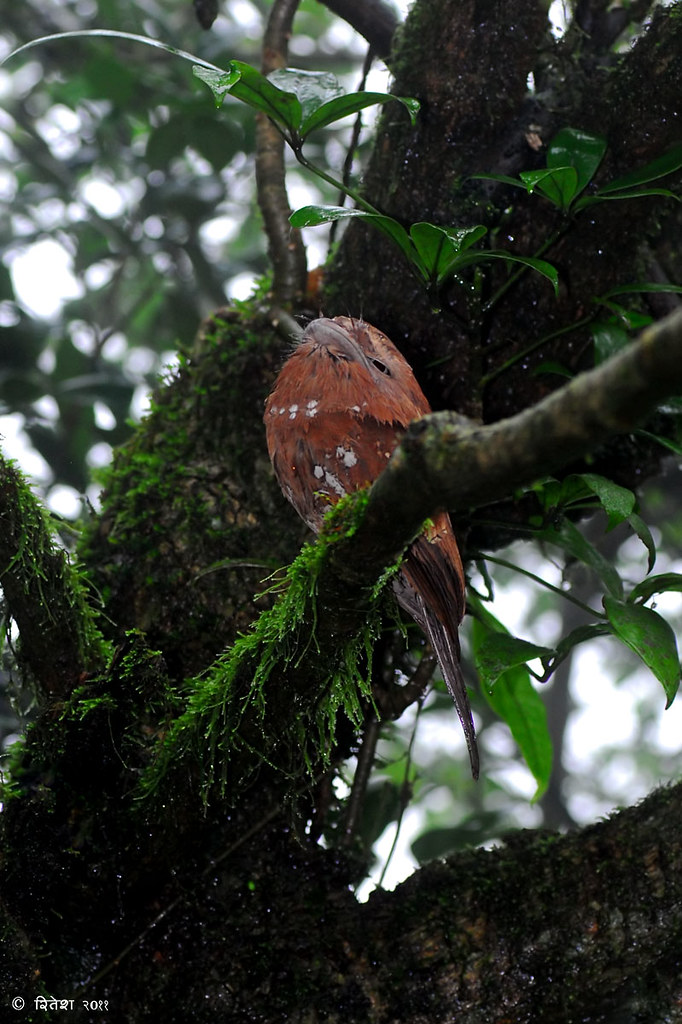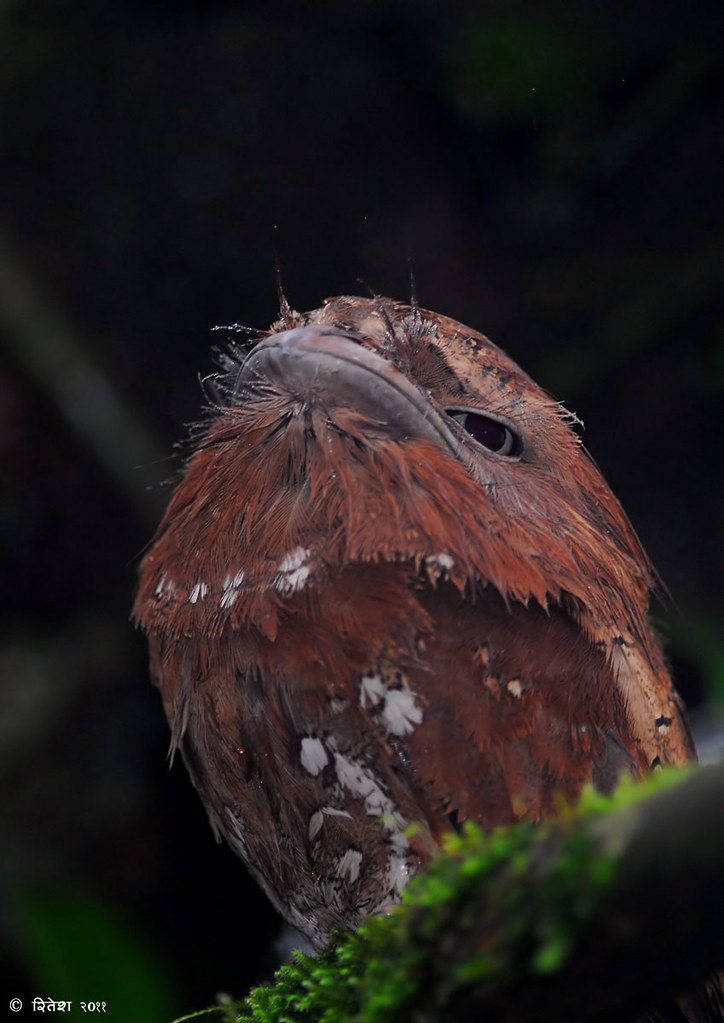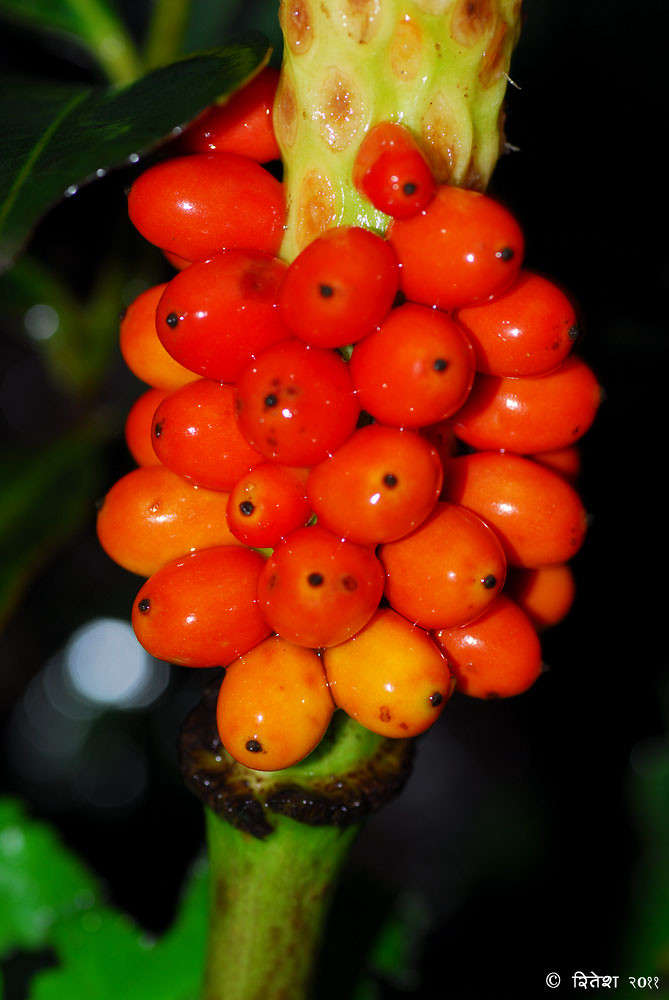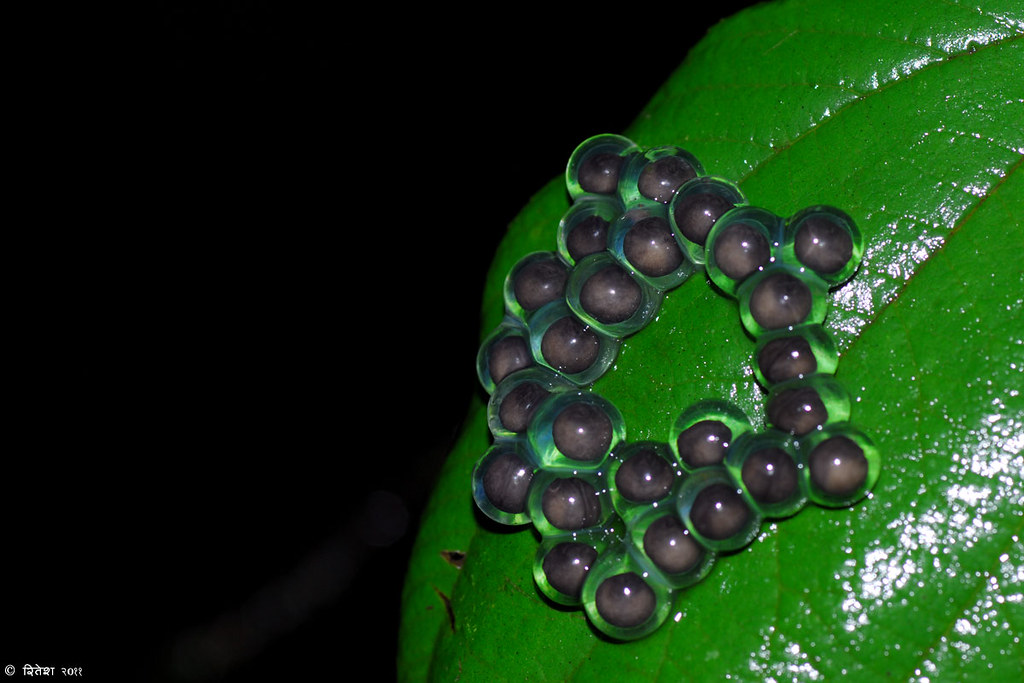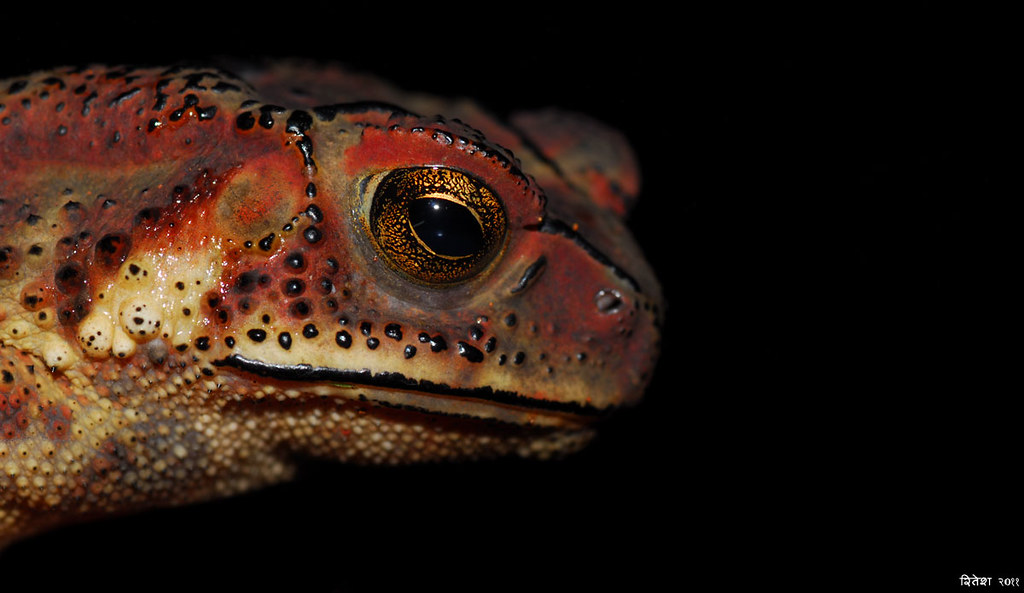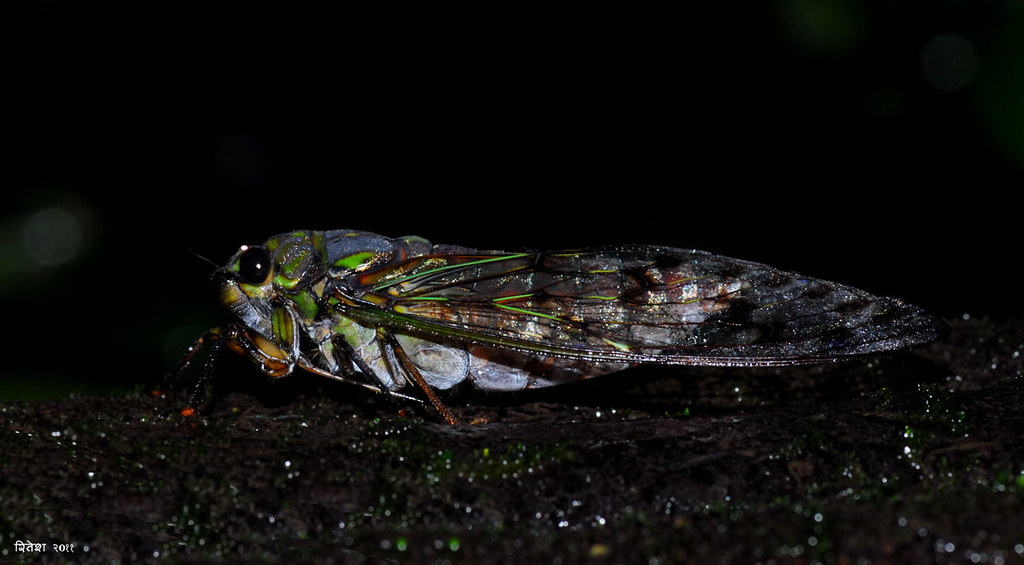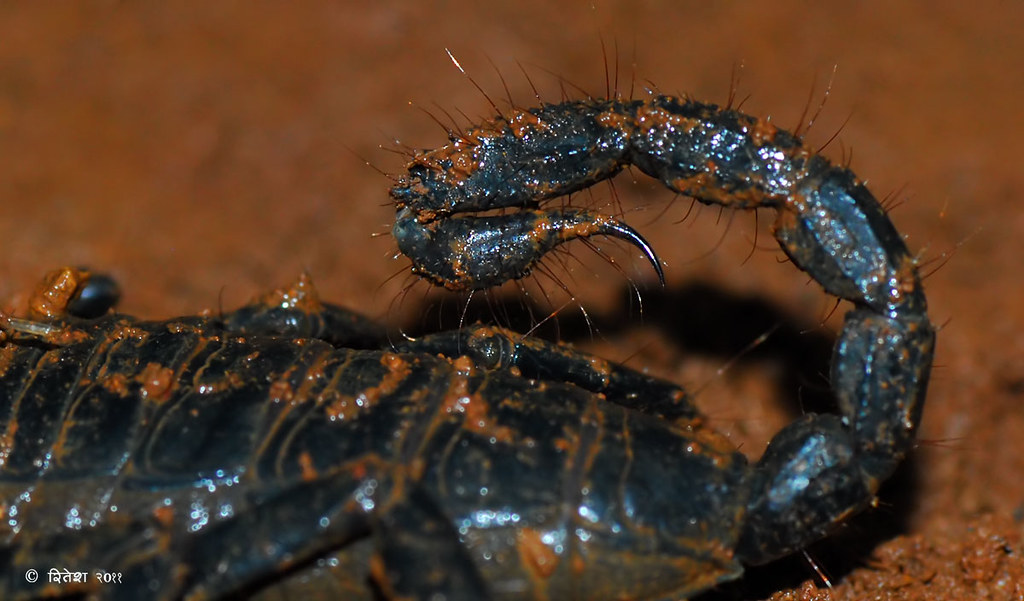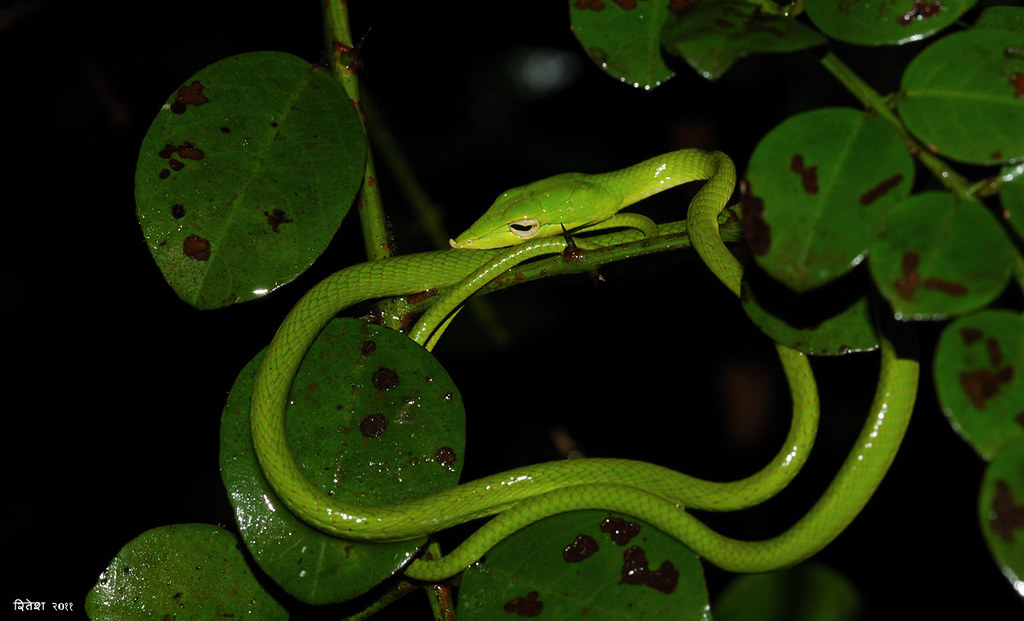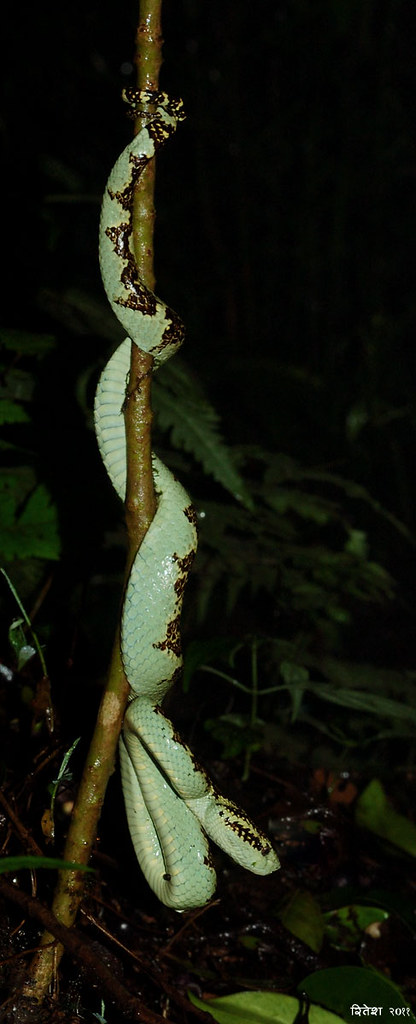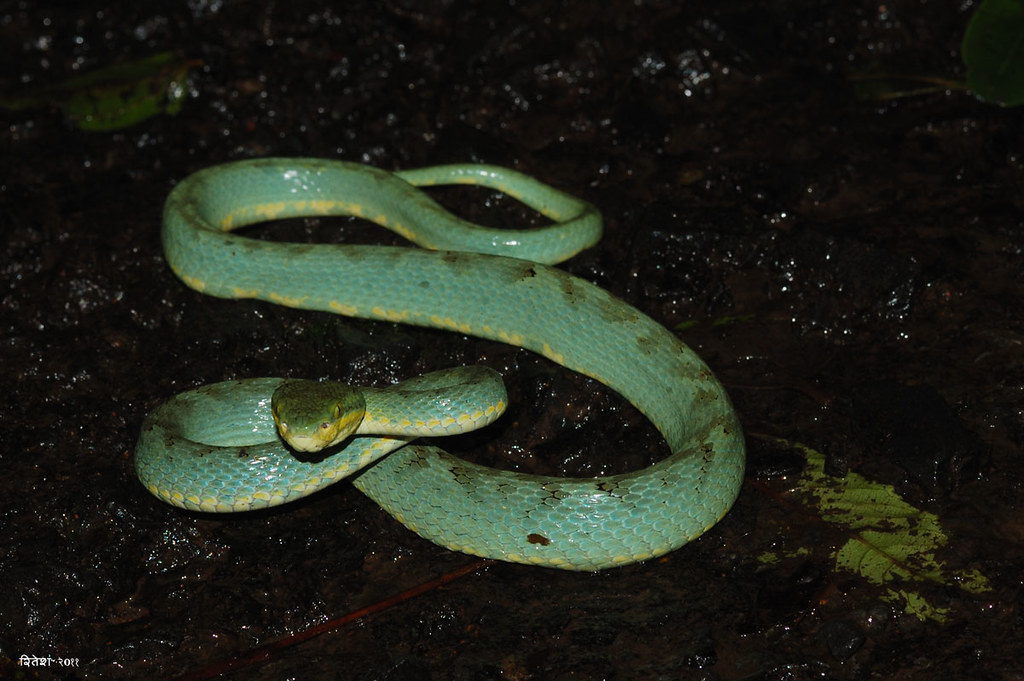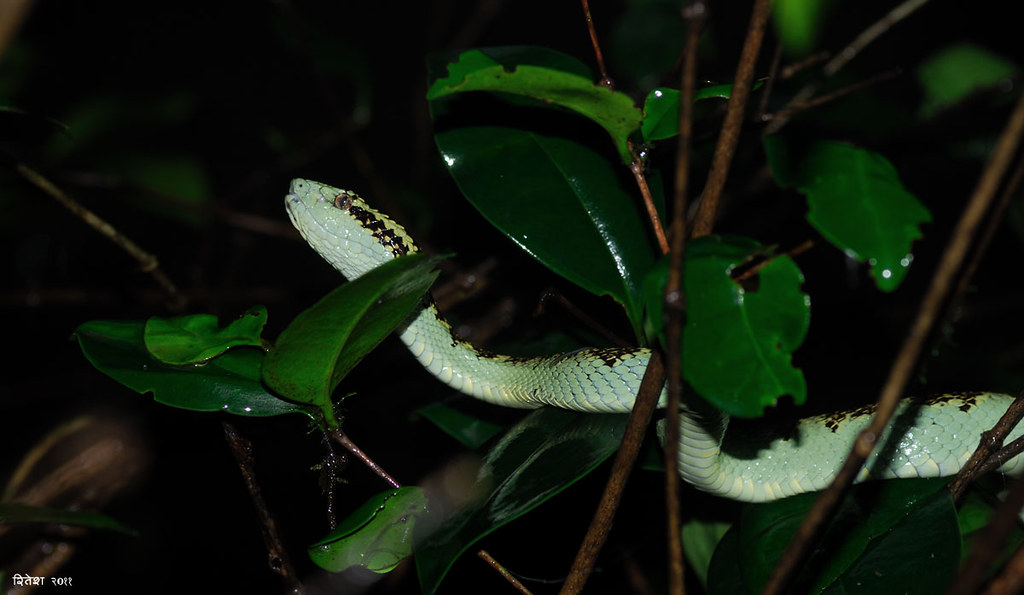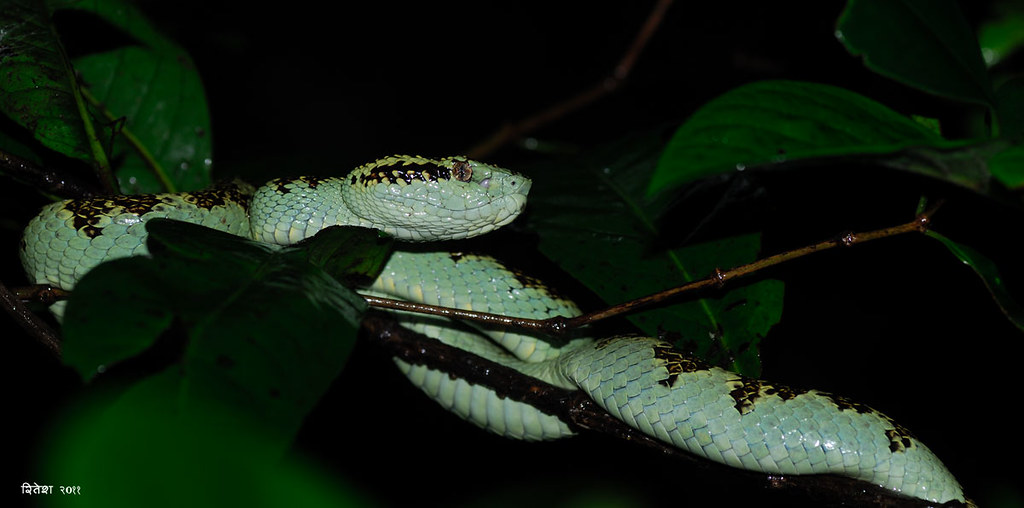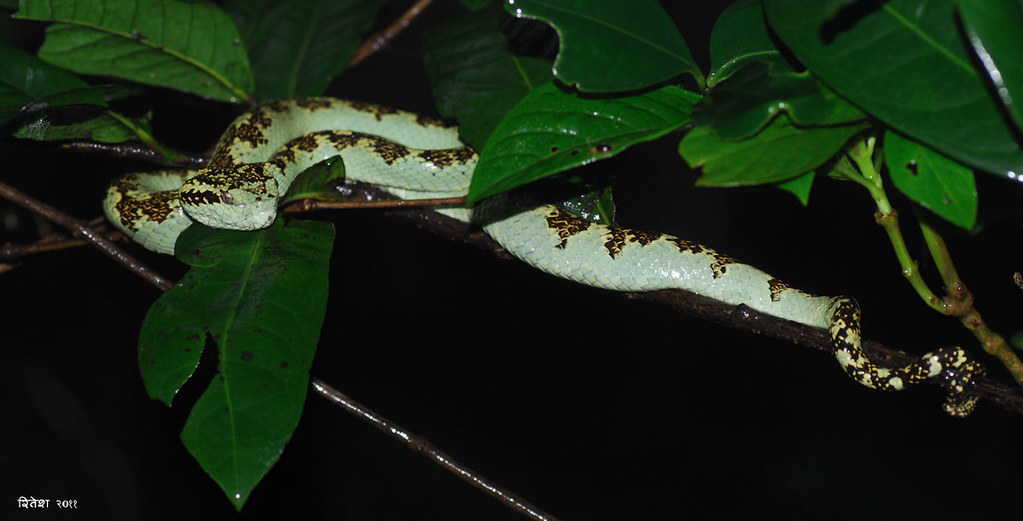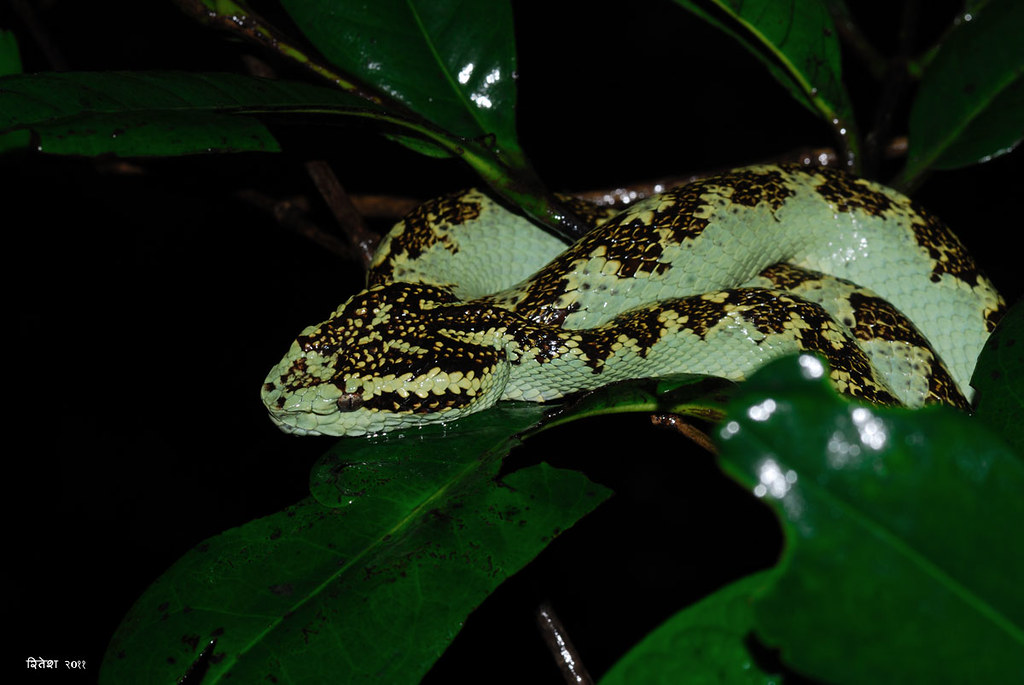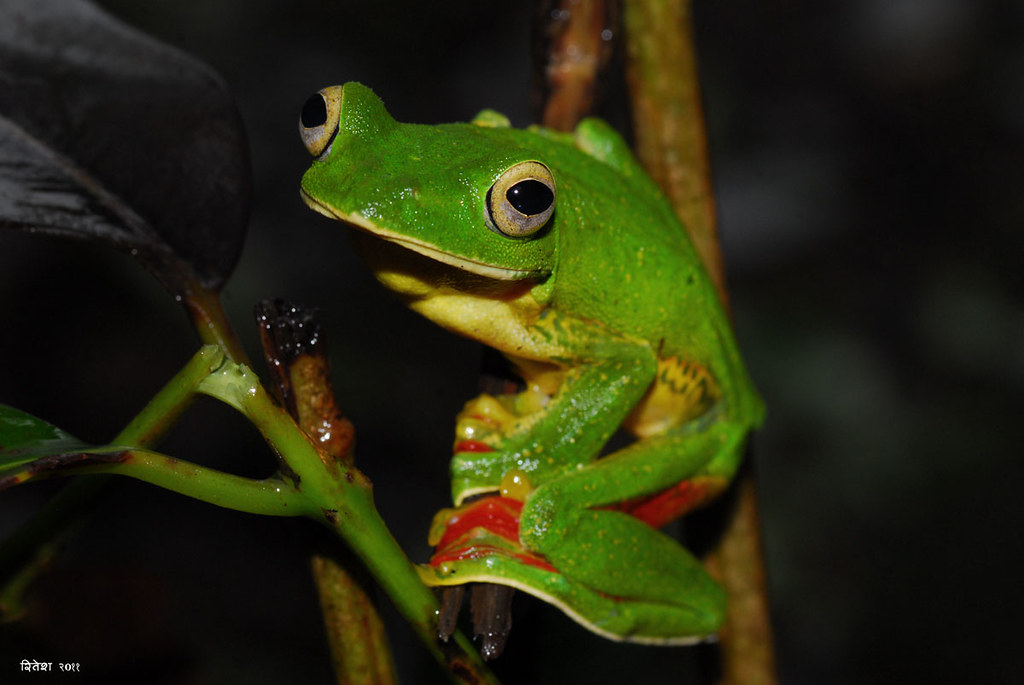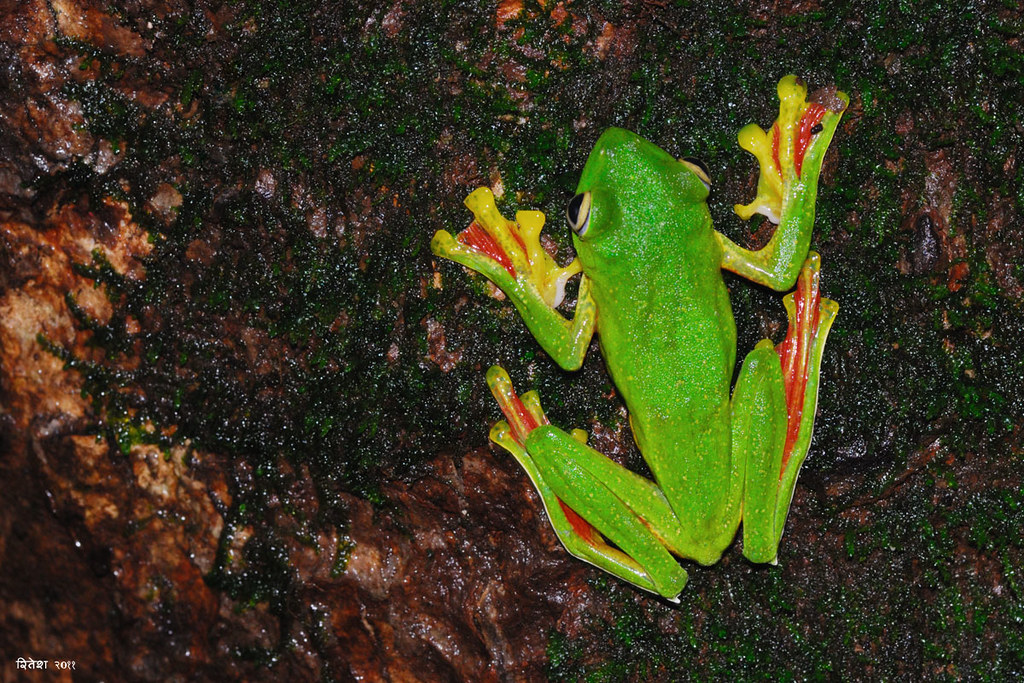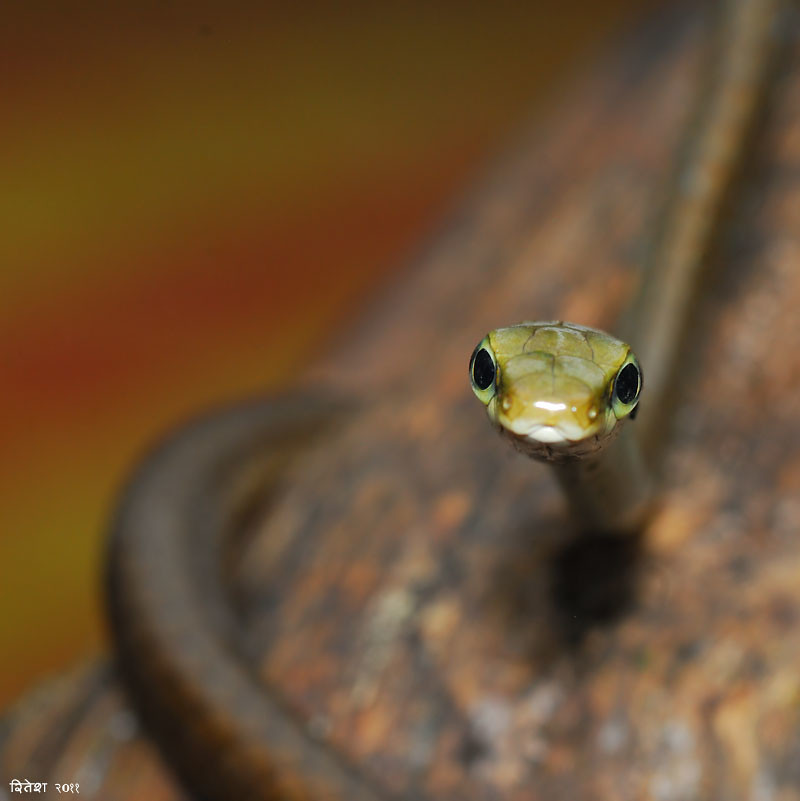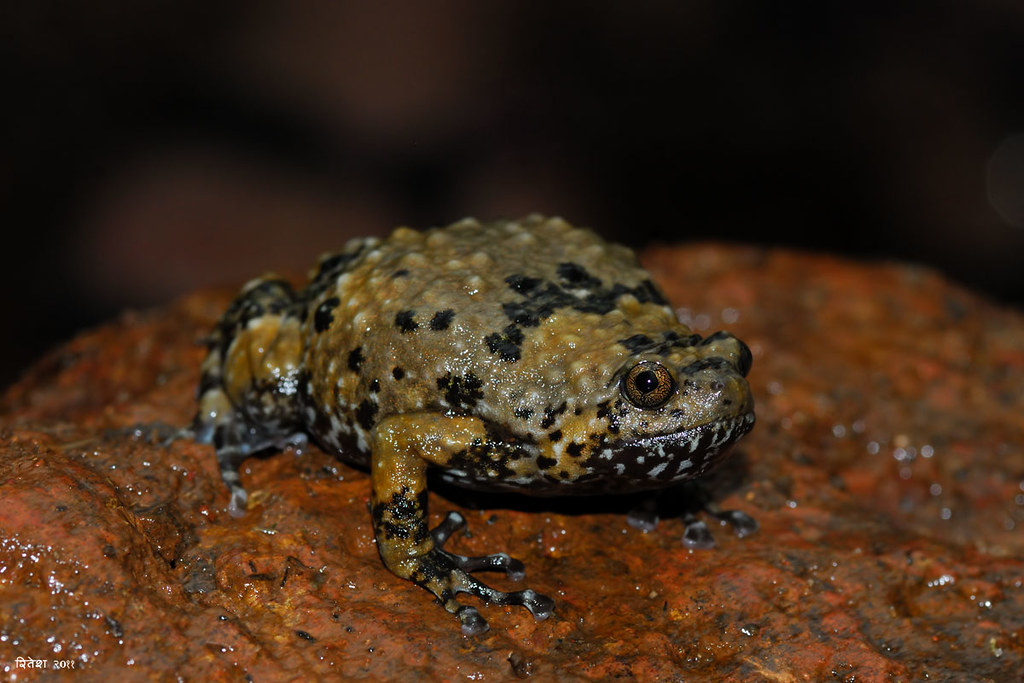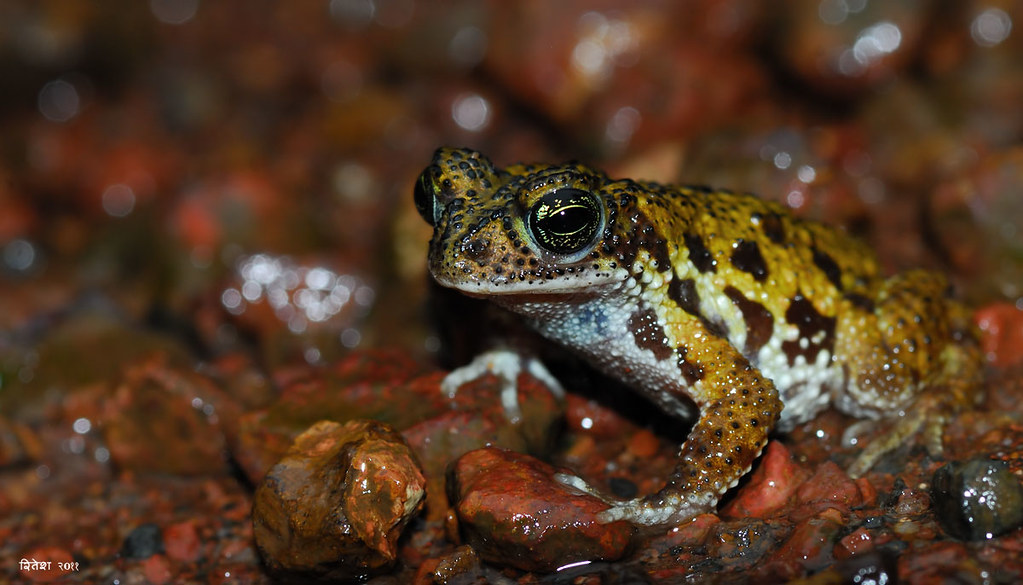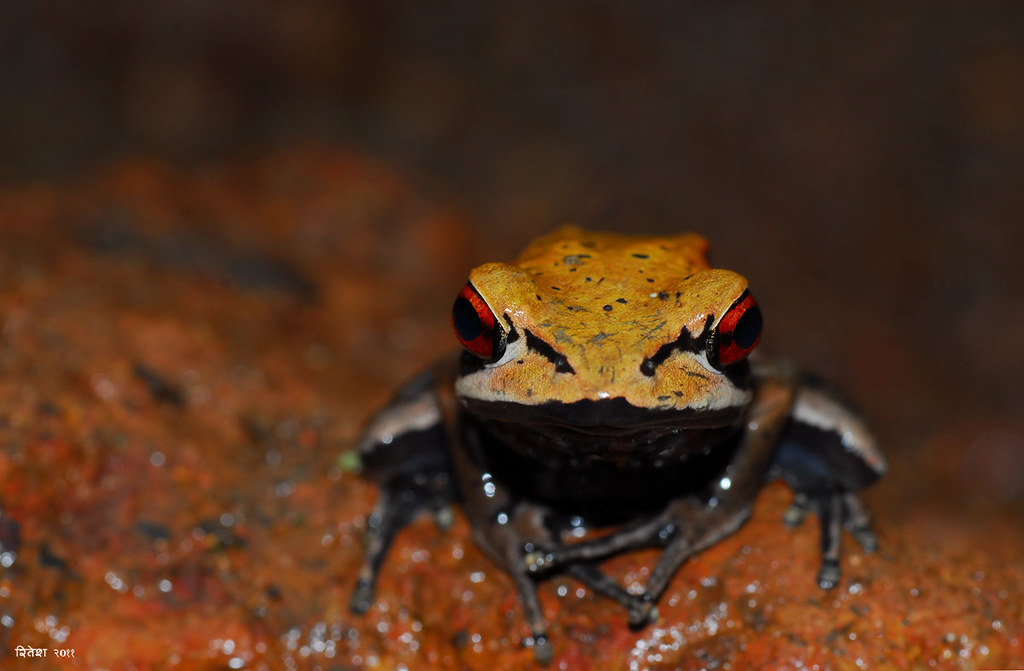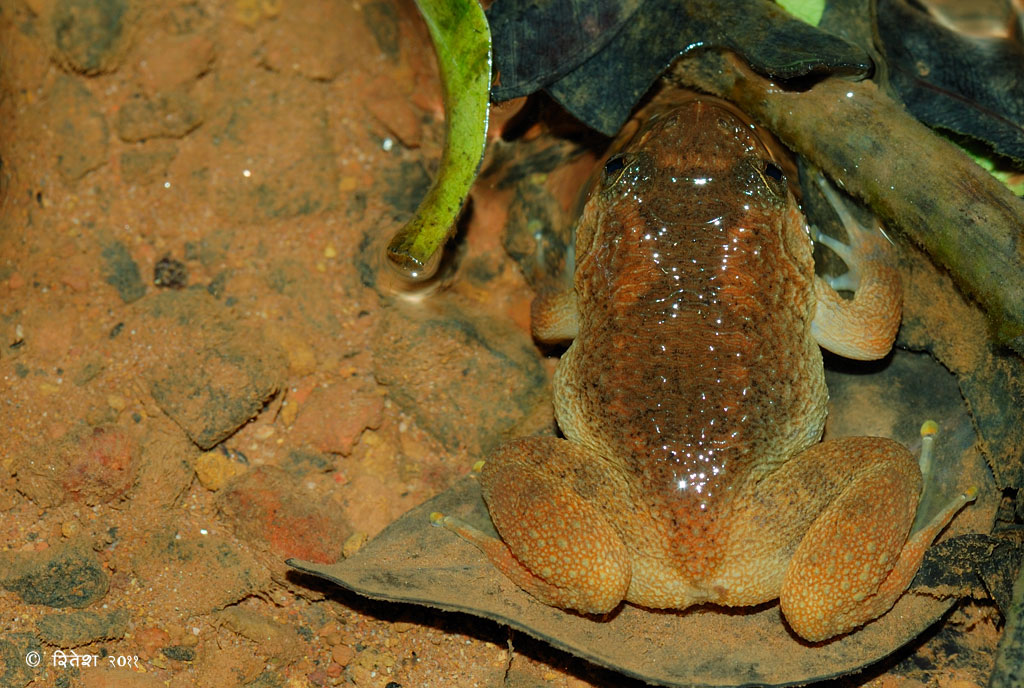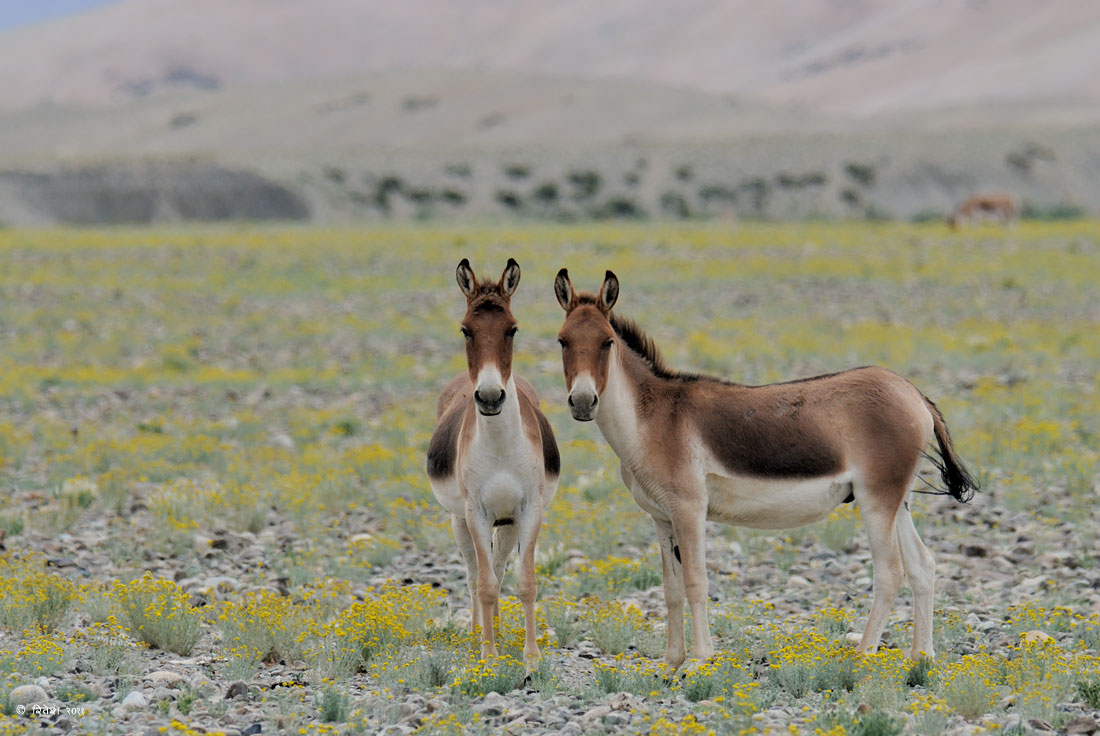![]()
Ladakh is mystical in many ways, in its unique natural existence over the ages, in vastness of the cold deserts, in the beauty of dry,sharp and raw mountains with peaks at thrilling altitudes, mesmerizing deep blue waters of the stand still salt lakes, in the life giving rivers like Indus, Shyok forming vast green valleys, people who survive extremities of weather, the communities continuing the perseverance of rich culture and traditions.... and in many many of the facets which may not be describe-able in words.
A journey taken through this land where earth meets the sky tests rigorously the strength and fitness of one's mortal body but there is something cryptic in its air that touches the immortal soul profoundly.
Buddhism strongholds the atmosphere of the Ladakh, the prayer flags those sway with the wind carry the wishes and vibrations all over the valleys where one can absorb the supreme calm and peace on the earth. Striking, simply striking is the simplicity of the people that contrasts to the immense courage required to survive harsh sub zero temperatures in winters, breath taking altitudes and paths to cross during movements.
Nature has on the other hand bestowed numerous phenomenal things upon Ladakh. The landscapes bedaze the spectator. God has sculpted Ladakh with rough mountains that stand insurmountable against the heavenly rich blue skies decorated with shiny clouds. Roaring river waters have carved out vast valleys. Spectacles of scenery can be seen as you stand by the large blue lakes on the eastern plains of Ladakh. Ladakh is an adobe to some of the world’s unique and endangered species like snow leopard, black necked cranes and variety of avian fauna that passes during migration.
As ladakh is situated at high altitudes, oxygen levels are low, anybody landing in ladakh from other parts of our country undergoes immense pressure to adjust with it. Summer is best season to visit Ladakh so that the harsh low temperatures can be avoided, however in the night it still remain appreciably cold. Praise of landscape, wildlife attractions, people and culture of Ladakh has reached to all corners of the world and hence Ladakh is most sought after destination for adventure sports enthusiasts, trekkers, bikers and photographers. This was my first trip to Ladakh, born out of immense curiosity for the wildlife and avifauna found there.
Following map briefly gives the details of the route taken and places visited during our 10 days of adventure. This complete trip was planned by my dear friend Alok Bhave and his father and all credit of the success of the trip goes to them.
Trip route and plan
Day-1: 21st August 2011Me and my wife Joined Alok and his family at Leh on 21st August 2011. We were suppossed to join them on 20th but due to cancellation of flights we landed in to Leh airport on 21st. According to plan, the initial two days were kept for complete resting and acclimatization which is utmost necessary. But we got one day to rest and we faced problems to get tuned to the atmosphere.
In the evening we decided to visit Choglamsar, which nearby (approximately 12 kms) Leh situated on the banks of Sindhu (Indus) river. The flow of river here is small.
View at Choglamsar
Pale Weasal / Mountain Weasal
The catch of the day was a pale weasel. Weasels are very good hunters of the smaller mammals like pika and voles. In India they are only found in Ladakh region. They are considered near threatened due to rapid loss of habitat.
Common Hoppoe
Day-2 : 22nd August 2011 (Leh-Khardung La-Diskit)Alok has arranged the driver and vehicle for the entire trip. Liyakat bhai, our driver had excellent driving skills and very good human by nature, we owe major credit to him.
We travelled to Diskit from Leh via Khardung la on 22nd August. South pullu and North pullu are the two stops in between where good birding is possible. We had exciting sighting of *Golden eagle* which was being harassed by dozens of *red billed choughs*. This heightened the momentum of the trip.
![]()
Golden Eagle -Collage of record shots.
We reached Diskit, late in the afternoon. After Khardung la we gradually enter in to the Nubra valley and plains of the Shyok riverbed. These two rivers are having very interesting pattern of flow. They both originate in/near Siachen Glacier which is in north, then they flow south-east and take sudden turn to north-west. These both tributaries of Indus meet each other near Diskit and then they continue their journey towards North-West into Pakistan and meet Sindhu. Only these vast plains of the rivers flourish with vegetation and greenery.
View of Nubra Valley from Diskit Gompa
There is a Gompa at Diskit. Gompas are like forts and is place for worship and meditation. We visited the Diskit Gompa in the evening to get the wide view of the valley.
Monk blowing Conch shell as the Sun sets upon the valley
The Conch shell is one of the eight important symbols of Buddhism and represents the fame of budhha's teaching which spreads with the sound of the shell trumpet.
![]()
Lama student and his school
![]()
Maitreya Budhha
There is a huge statue of 35 meteres height of Maitreya Budhha looking down towards the valley. We spent evening time near the feet of the huge Buddha statue. Atmosphere became serene with sun dropping down and casting long shadows slowly over the statue and the snow claded peaks behind. The statue is an amazing piece of art with a divine touch.
![]()
![]()
Gentle smile of Buddha
Day-3 : 23rd August 2011 (Diskit - Turtok - Diskit)
Turtok is situated further northwest to Diskit close to LOC. It is the last point in India allowed to be accessed by tourist since last year only. This was part of Baltistan in POK before 1971. As we travel from Diskit to turtuk, the whole topography of landscape, villages and faces of people, treeline changes drastically. Signs of buddhism like chortens and prayer flags are not seen much. Shyok river and streams submitting to it, create oasis like this one below in picture.
![]()
Oasis in the Desert
![]()
Shear rock...Shear beauty
The Nubra valley up to turtuk has witnessed great battles fought by Colonel Chewang Rinchen, who fought courageously to recapture valley along with less than 20 men. These men were born with astonishing courage and vitality and used a technique to climb the most difficult mountains to reach to enemy. They took them by surprise by covering these distances and hostile environment much before the stipulated time and attack and defeat them with guerrilla techniques. One can read the stories of their fight on the display board at Khardung la, where you struggle hard to stand and walk on your feet and struggle to match the depleted oxygen levels, and then just imagine how they might have fought.
We reached turtuk in afternoon, had a stroll through the lanes and nearby green fields. Apricots are abundant here, nobody cares how much of them fall on floor and get wasted. People dry best quality of apricots, but that is not the main source of income. Recently tourist have been visiting this village and the local people have set up camps to stay. We had a sumptuous meal of freshly cut and cooked vegetables form the home garden sitting under the shade in the same garden.
While returning back to Diskit we came across groups of *Chukar* many times. There were plenty of black redstart along the shyok streams, we sighted a blue rock thrush, *common swifts* on the way.
![]()
Chukar
Sand dunes at Hundar
We stopped at Hundar (8 kms from Diskit) where the sand dunes formations can be seen and camel rides can be enjoyed. It is amazing to see the sand dunes on the banks of river. This sand comes from the erosion of the mountains (see the picture, mountain in background), this fine sand is dispersed by the winds and dunes are created.
We had to leave the oasis of Nubra valley and go back to Leh for onward journey to plains of Ladakh. We had stop over at North pullu to sight few Himalayn marmots and *White-winged redstart*.
![]()
view from Kkhardung-la
We reached Leh in the afternoon and had a rest for the day to rejuvenate for next day.
Day-5: 25th August 2011 - Leh to Pangong-SpagminkThis long journey from leh to Pangong ended into late afternoon and the weather was getting more cloudy, windy and chiller. The first sight of the deep blue waters and mountains of Pangong was amazing and unforgettable. This would be most ever beautiful lake in lifetime if you haven't seen.
Pangong Lake
Kitchen of Ladkhi family
There is small village Spagmink and people offer modest facilities and home stay for tourists. We opted one such to have comfortable overnight stay. We were tired and hardly were able to move around. We decided to wake up early morning for birding and photography.
Day-6: 26th August 2011 - Pangong and Pangong to Tso Morirri ![]()
Robin Accentor
Most of the common birds seen around village included *hill pegion*s, *Tree pipit*s, *Robin Accentor*, *Brown Shrike*s, and *white wagtail*s.
![]()
Black Redstart-female
![]()
Black Redstart-female
![]()
Tree Pipit
![]()
Tree Pipit
![]()
Pangong Lake
Crystal Blue
![]()
Blue Shine
![]()
Common Merganser
This large lake is breeding ground for *common merganser* and *Great crested Grebe*s, we could see a family of grebe and groups of mergansers.
3/4 th of the Pangong lake is part of China. We started our travel along with the lake towards the china border. There are two small villages on the route Maan and Mera.
![]()
Peaks seen from Maan
![]()
Golden fields of Maan
Past these villages at the end of Pangong, the route turns away from Lake, from distance you can see the border and peaks in China, Pangong entering in China. Access to this border area is controlled by Indian Army. The travel through this border area was totally new experience. This was open desert with patches of green pastures and scrub bushes was inhabited by Tibetan wild ass.
![]()
On the way to Tso-morriri
![]()
Tibetan Wild Ass
One has to admire the strength of these creatures, the environment they live up is hostile especially in winters, one would wonder where they take shelter and find food. They have geographic limitations and wont be moving out of Ladakh. I mean this has to be incredible about how they have been there for ages.
![]()
Mother and child - Tibetan wild Ass
The short summer months are the most fruitful days for the species found here, so everybody is breeding and taking maximum advantage of season. A female carrying, is seen with its calf in above photograph.
Pangong to Chushul was one extra ordinary journey through pristine wilderness of open sky and earth. From chushul one can start witnessing another wonder of high altitude wetlands. The vast green patches are the last refuge for the endangered Black Necked Cranes. However, the civilization is growing faster, and what we saw is numerous cattle grazing into these green pastures. We were trying hard, scanning through them to get glimpse of cranes. We found a pair of cranes wandering close to roadside. This has been the moment of the trip. A moment of true joy to see few last surviving cranes.
![]()
BLACK NECKED CRANE
Ahh,we had fulfilled hearts, after watching these and only tibetian sandgrouse was on the wishlist. We reached Tso-morriri in late evening and decided to rest at a guest house at Karzok.
An Evening at Tso Morriri
Day-7: 27th August 2011 - Tso Morriri and Tso Morriri to Tso karNext day, early morning we decided to explore area near lake. We could see bar-headed geese from distance. The green fields around lakes is crucial area for breeding for bar-headed geese, horned larks. We could see number of nesting horned larks. One has to really take caution while even simply walking towards lake.
![]()
Karzok
![]()
Bar-headed Geese
![]()
Tso-Morriri adjoining peaks
![]()
Fields at Tso Morriri
"Mirror"y water at Tso-morriri
We left Tso-morriri, after breakfast for Tso-kar. On the way came across *Desert wheater* (breeding), *tibetian snowfinch*es etc. Himalayn marmots were sighted quite a few times. These marmots build huge under-ground network of tunnels which they use to hide and move and protect themselves against predators. These are quite bold too and often come closer to inspect you.
![]()
![]()
Himalayan Marmot
Alok and I were now dying to see the rarer *Tibetian Sandgrouse*, as we passed from many interesting habitats where they could be sighted. The best place is near Tso-kar, we in fact had stopped to see a tibetian wild ass and a flock of sandgrouse came in and settled. We could see through binocs sandgrouse settling at distance, but as we got down from vehicle, we weren't able spot them. We slowly walked towards the spot and Alok could spot them, these appeared exactly like stones in the vast open patch. We could go little closer to have at least photograph for record purpose.
![]()
Tibetian Sandgrouse
We opted for a tented accommodation at tso-kar. We tried to find little owl in the evening but had not enough luck. The night was chilled, tents were cosy but everyone of us had difficult time to sleep. Breathing became difficult while sleeping though we had been acclimatized.
Next morning was last session for birding and photography which we enjoyed thoroughly.
Day-8: 28th August 2011- around Tso Kar and Tso-Kar to LehWe spent morning near the camp. Birds included *twite*, *Tibetian Snowfinch*, *Horned Lark*, *Rosy Starling* etc.
![]()
Chorten at Tso Kar
![]()
Hill pigeons on Chorten
Twite
“Born to be wild ”
![]()
Horned Lark
![]()
Tibetian Snowfinch
We packed and left Tso-kar after breakfast. Leaving behind the vast plains a feeling touched heart, the impressions made by the phenomenal landscapes, fauna we just saw were deep and we had somehow became part of it, wanted to be part of it. I had never imagined about Ladakh, But now I am sure, nothing would be worth if I don't count this experience.
Day-9, 10: 29th, 30th August 2011- around Leh
We had flight back to Mumbai on 31st morning, the two days were still at hand and had a plan to trek in Rumbak valley. It rained in and around Leh on 29th, and we called off the trek. We visited the nearby places like Leh Palace and monestry , Hemis monestry, Stok palace. These are remains of rich heritage of Ladakh and its people in past. Museums have preserved the cultural artifacts including the old paintings Thangkas depicting life of budhha and his disciples, prayer instruments, jewellery, coins, statues, art, precious stones etc.
View from Stok palace
Leh Palace Monestry
![]()
Leh Palace Monestry
--------------------------------------------------------------------------------------------
Epilogue: One remains awestruck upon realization of hostility but becomes numb against the deadly mix of beauty of limitless blue skies, green valleys, earthy monumental peaks, rarity and phenomenal wild life and fauna. This what makes Ladakh mystical, difficult to analyze, makes you feel weak and surrender to its beauty.....!
'There is a way that nature speaks, that land speaks"
"A smile is the universal welcome"
Girl from Turtuk
"Invisible Rose"
Can you see a rose that has vanished from the hands of this little boy? As It couldn't be "rosier" than his rosy cheeks....!
---------------------------------------------------------------------------------------------------------
Equipments used for photography - Nikon D200, Nikon D50, Nikon 18-55 vr, Nikin 300 mm f2.8 VRII, Tamron 90mm macro lens.
All photographs copyrighted, avoid their use in any other form like printing, publishing on websites, without prior permission of the phtographer. You can write to rkbagul@gmail.com
---------------------------------------------------------------------------------------------------------
| श्री कृष्णार्पणमस्तु |
